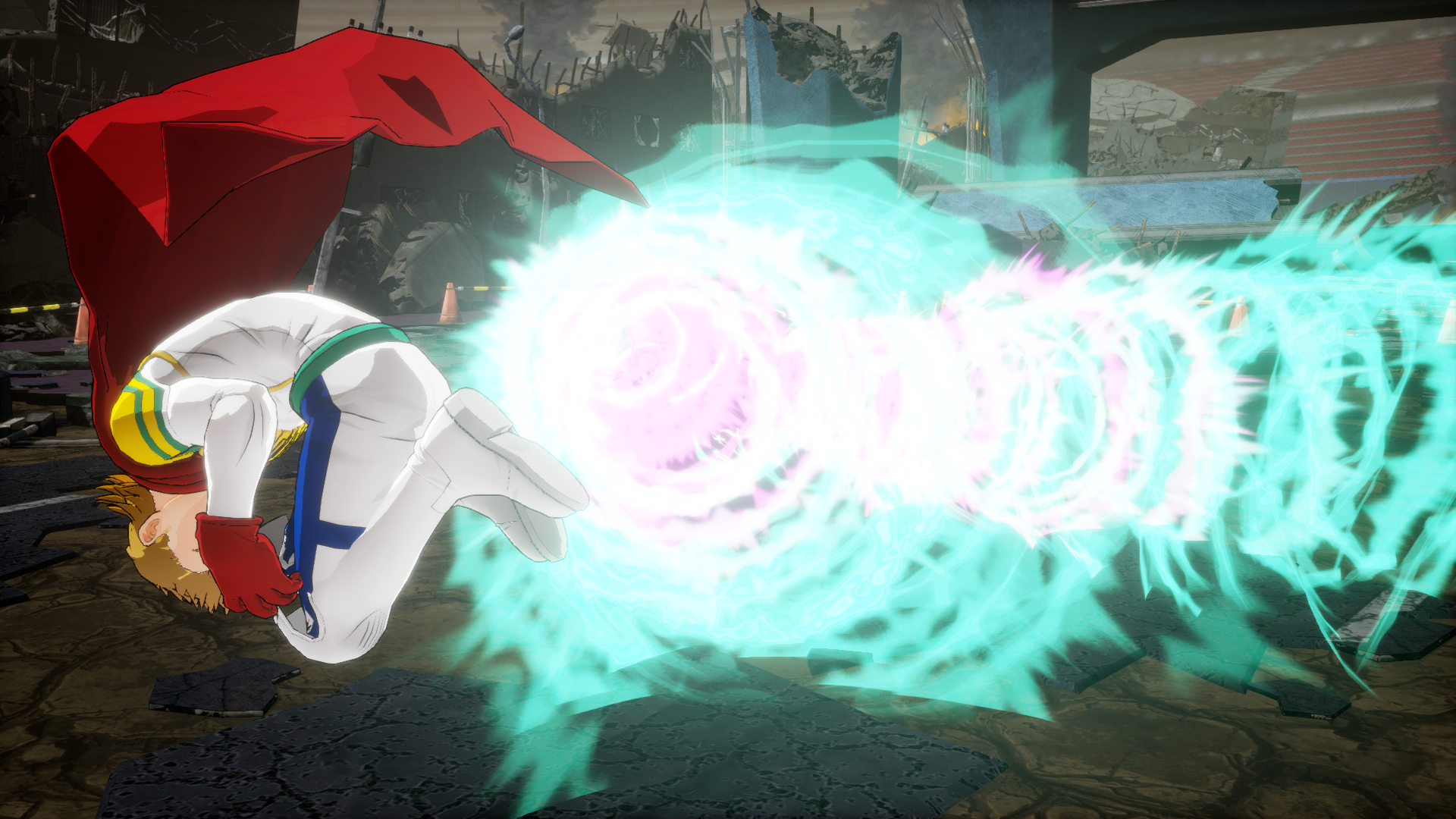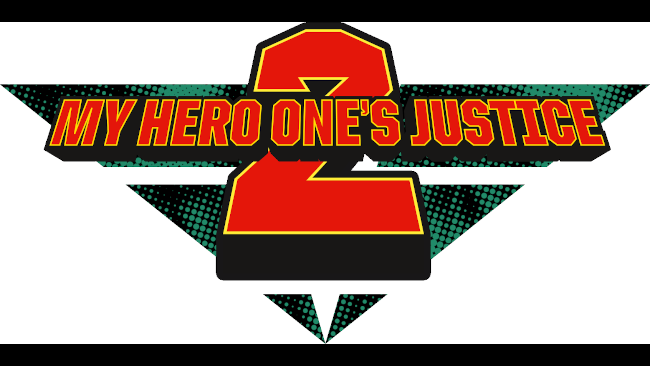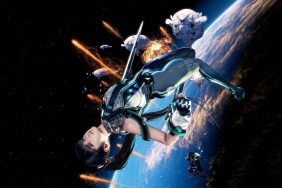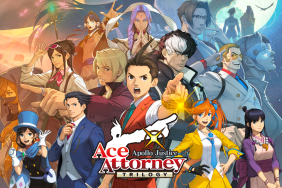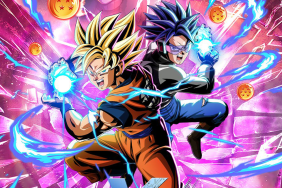My Hero One’s Justice was a fine adaptation of My Hero Academia, even if the name was a bit confusing. Naturally, it didn’t cover all of the content featured in My Hero Academia, in part because that’s an anime that is currently still airing new episodes. Fast-forward a year and a half, and there are new episodes to cover. Bandai Namco has thus released My Hero One’s Justice 2, which promises new playable characters, and new stories to play through. But could this have been better served as an expansion to the original release? Let’s find out in our My Hero One’s Justice 2 review.
Unreal and Mostly Reliable
The Unreal Engine 4 powers My Hero One’s Justice 2, like so many of the recent Bandai Namco releases these days. The result is an experience that’s smooth, most of the time. There’s excellent cel-shading, over the top, fun animations for super-powered moves, and okay, if generic, backgrounds for most levels. The target frame rate is 60, which is hit most of the time. But occasionally, special moves that cause large effects, such as Overhaul creating chunks of Earth to shoot up from under the ground, can wreak havoc on the frame rate’s stability.
The single-player campaign takes place during the third, and part of the fourth, seasons of the currently running anime. It follows Izuku Midoriya, also known as Deku, and crew as they enroll in UA High School as they attempt to become licensed heroes. It doesn’t stray too far from the anime. Indeed, stills from the show are used as panels in the game’s cutscenes, with the occasional movement of panels to indicate action. There are also 3D animations, but these are brief and rare. All cutscenes are fully voiced, with subtitles offered for those of us who don’t know our ichiban from our saiaku. Some chapters feature side stories, which have playable fights or video episodes, which expand on a given scenario by replaying the events from another character’s point of view.
Easy Completion
Each level also features three conditions that must be met, before awarding the player with things such as new player cards, avatars, or accessories for playable characters. These usually start off easy, like completing the chapter, and ramp up slightly in difficulty such as finishing with 50% or more health, or having a Plus Ultra finish, which is basically a modified special attack once the ultra meter is filled. Once the entire Hero side of the campaign is completed, a separate, parallel story of the villains is unlocked, in contrast to the show which usually jumped from heroes to villains frequently enough to keep viewers up to date on how each side was doing. This does move the main story along at a brisk pace the first time through, and average gamers should have no problem beating both campaigns in around six hours or so.
Much like Gintama Rumble, Bandai Namco didn’t make My Hero One’s Justice 2 to challenge the average player. All campaign fights are single/final matches, and most pose no challenge, even to button mashers. Again, much like Gintama Rumble, all campaign-based gameplay has recording and sharing functionality completely disabled. So, if you were hoping to capture some of your favorite battles from recent episodes of the show in game form, well, you’re out of luck unless you have some third party capture device. Or, ya know, a smartphone or camera with decent recording options. It’s a frustrating thing to see, but this is probably something that is entirely out of Bandai Namco’s control as they do not own the IP rights to My Hero Academia.
Other Modes
Beyond the campaign, a mission mode allows players to create any combination of characters and create a dream team agency. The team is tasked with clearing a board of enemies, by fighting them of course. Some characters boost one another based on how well they get along in the anime. This is a pretty barebones mode but is where some challenge may lie in the later missions. Mixing up teams may also interest some as they figure out the best combination to use for certain missions. It’s certainly a more nuanced mode than the linear campaign.
There is a training mode as well, but the tutorials from the campaign sum things up pretty well. Honestly, unless players intend on competing professionally with My Hero One’s Justice 2, which seems unlikely, the training mode might only be used for experimenting with combos, as opposed to doing any real training. This just doesn’t scream technical fighter, which is fine. Multiplayer is available, both local and online. While your online experience may vary, local is guaranteed to get hardcore fans talking trash as they pit their favorite characters against one another.
My Hero One’s Justice 2 can be found online for $49.99 – $59.99, depending on site. Note that this price does NOT include a season pass, which will unlock access to five new playable DLC characters in the near future. For hardcore fans of My Hero Academia, this is probably an easy buy. But for those who want more challenge out of their fighting games, there’s far more difficult stuff out there. My Hero One’s Justice 2 is a safe release for fans of My Hero Academia. If you know the story of the third season of the show, then you can play through some of the iconic moments from that time here. It’s a fun way to pass the quarantined time between new anime episodes, that’s for sure.
My Hero One’s Justice 2 review code provided by publisher. Version 1.02 reviewed on a PS4 Pro. For more information on scoring please see our Review Policy.
-
Lots to unlock
-
Faithful to the show
-
Impressive cel-shading
-
Campaign features little challenge
-
Restrictive use of HDCP
-
Performance can stutter
My Hero Ones Justice 2 PS4 Review
-
My Hero Ones Justice 2 PS4 Review #1
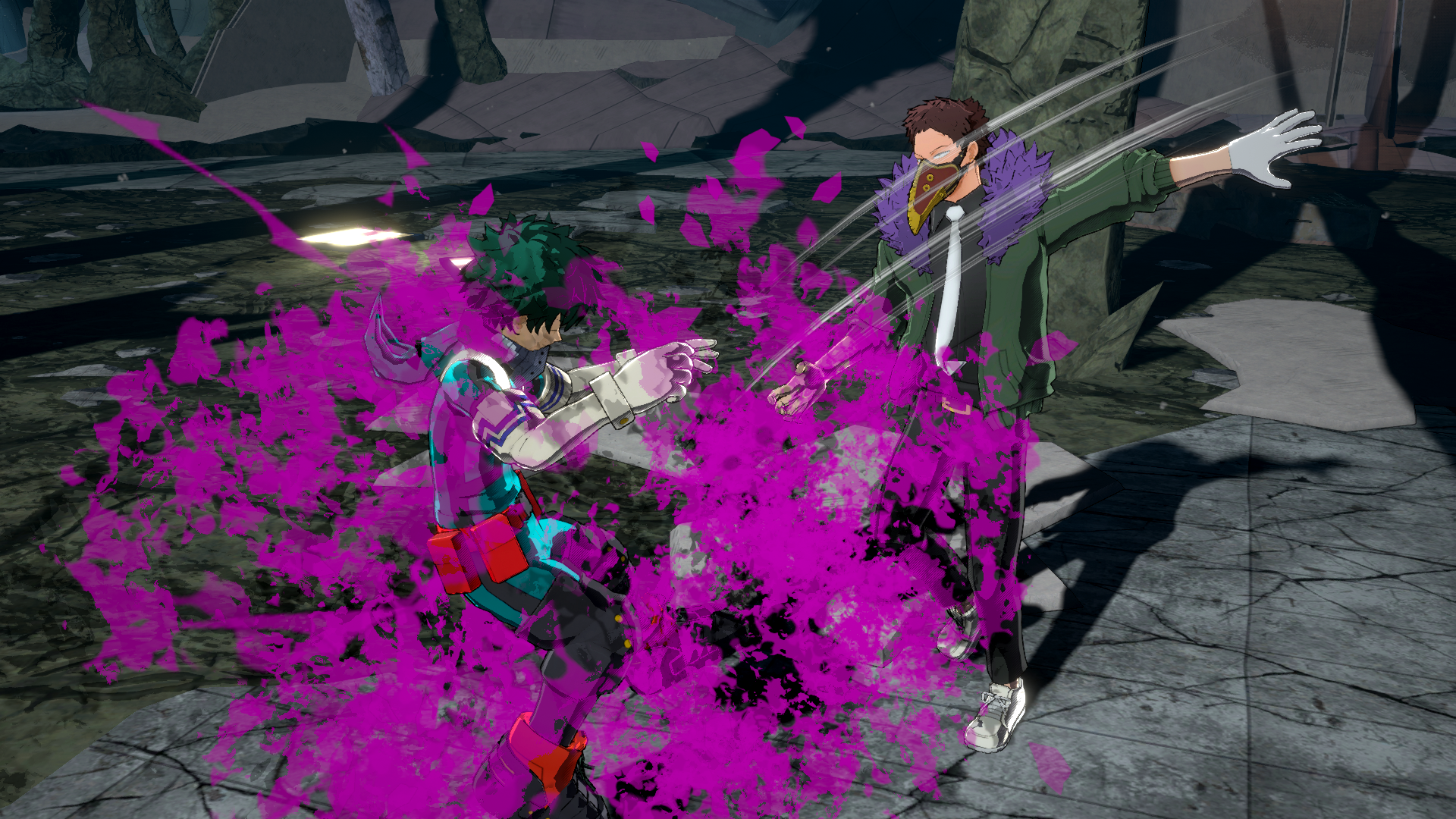
-
My Hero Ones Justice 2 PS4 Review #2
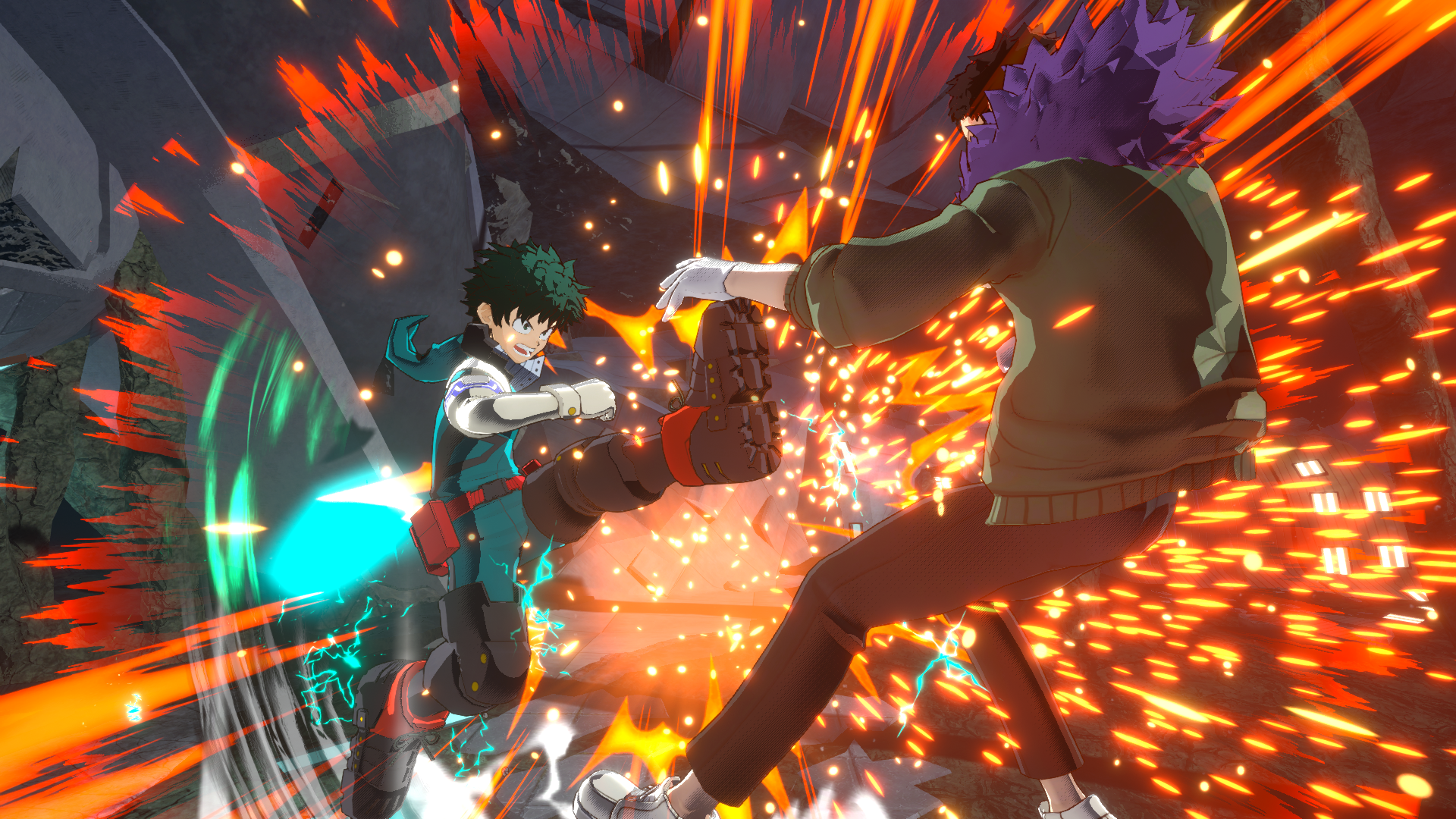
-
My Hero Ones Justice 2 PS4 Review #3
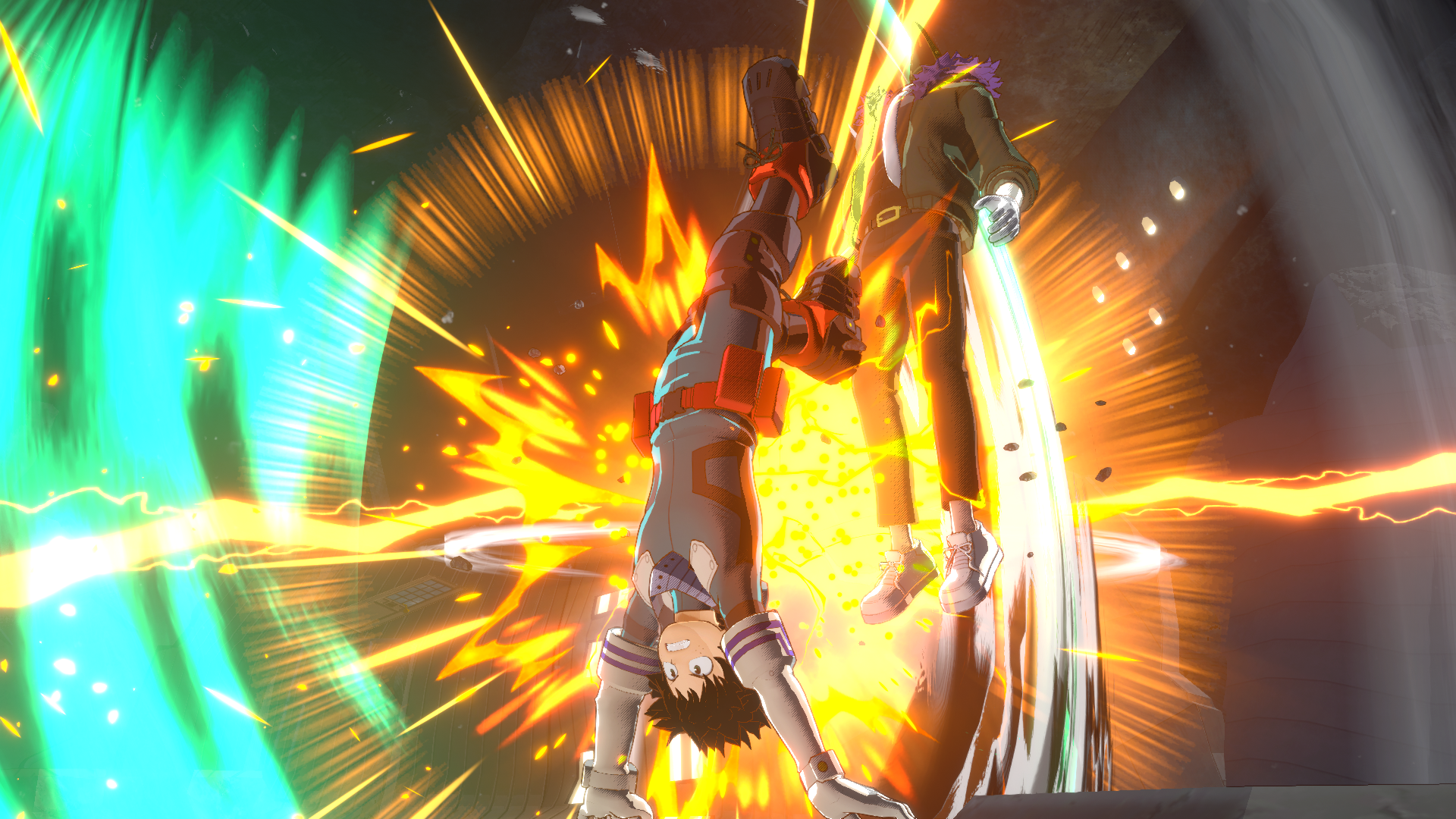
-
My Hero Ones Justice 2 PS4 Review #4
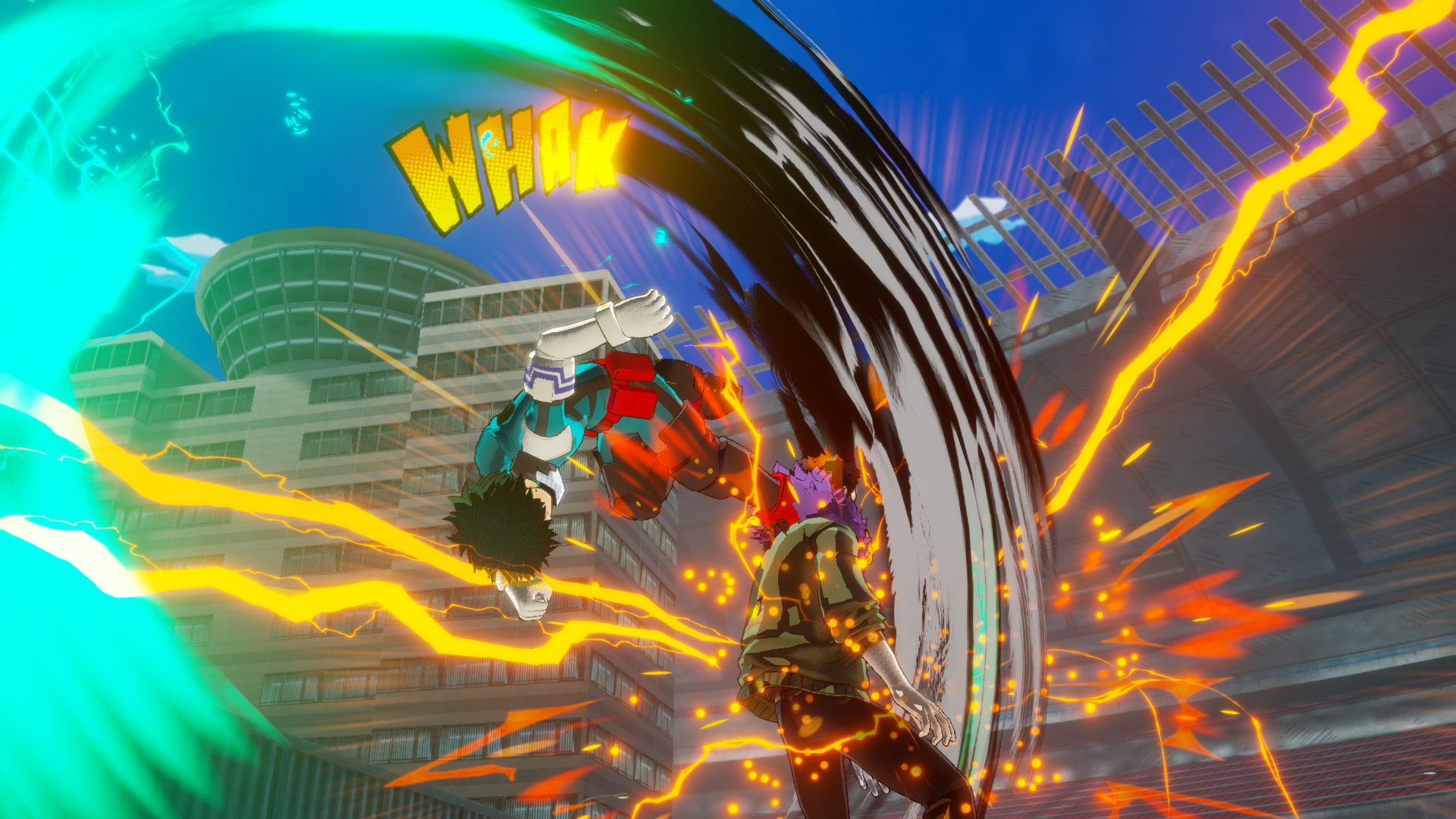
-
My Hero Ones Justice 2 PS4 Review #5
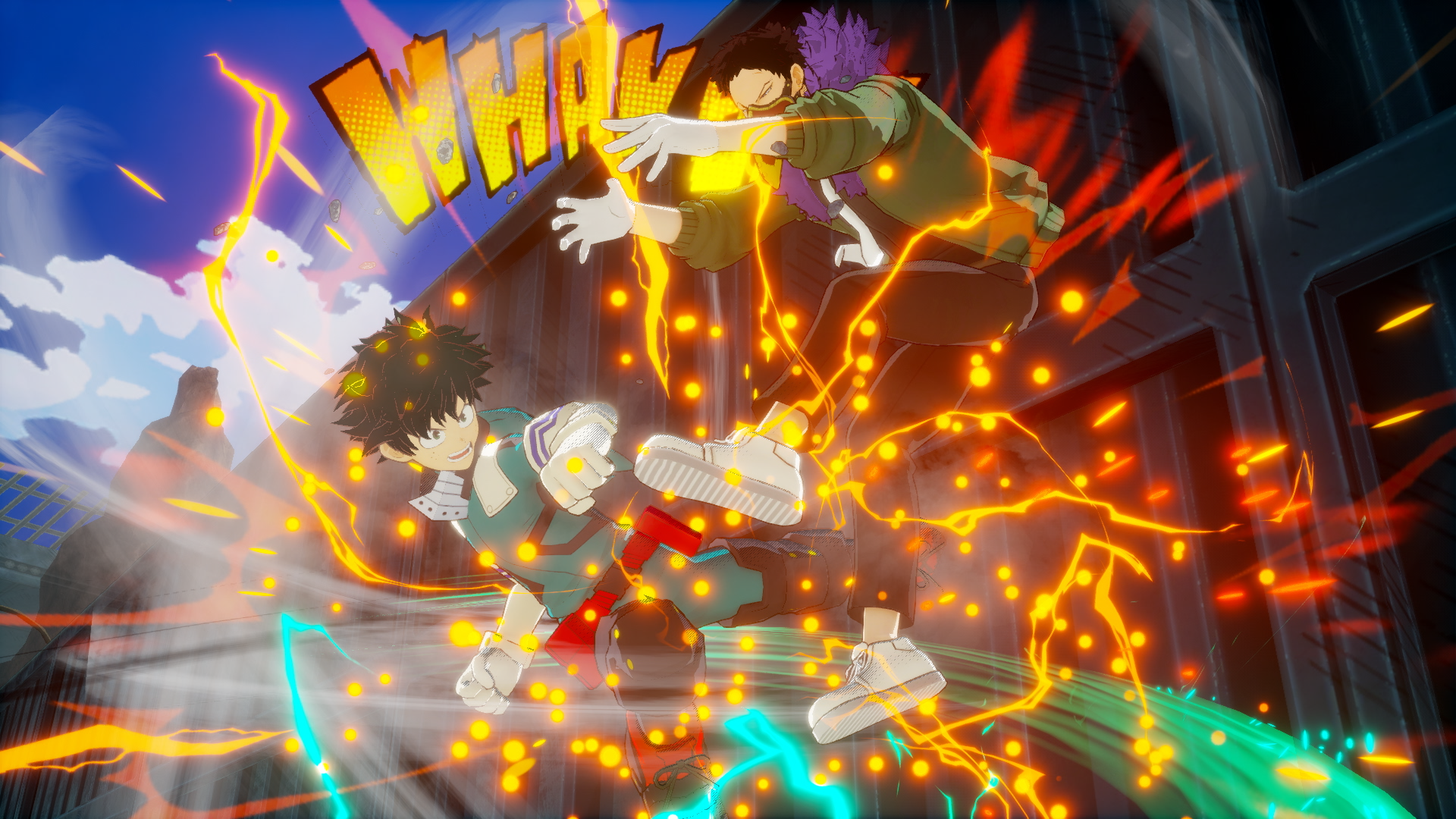
-
My Hero Ones Justice 2 PS4 Review #6
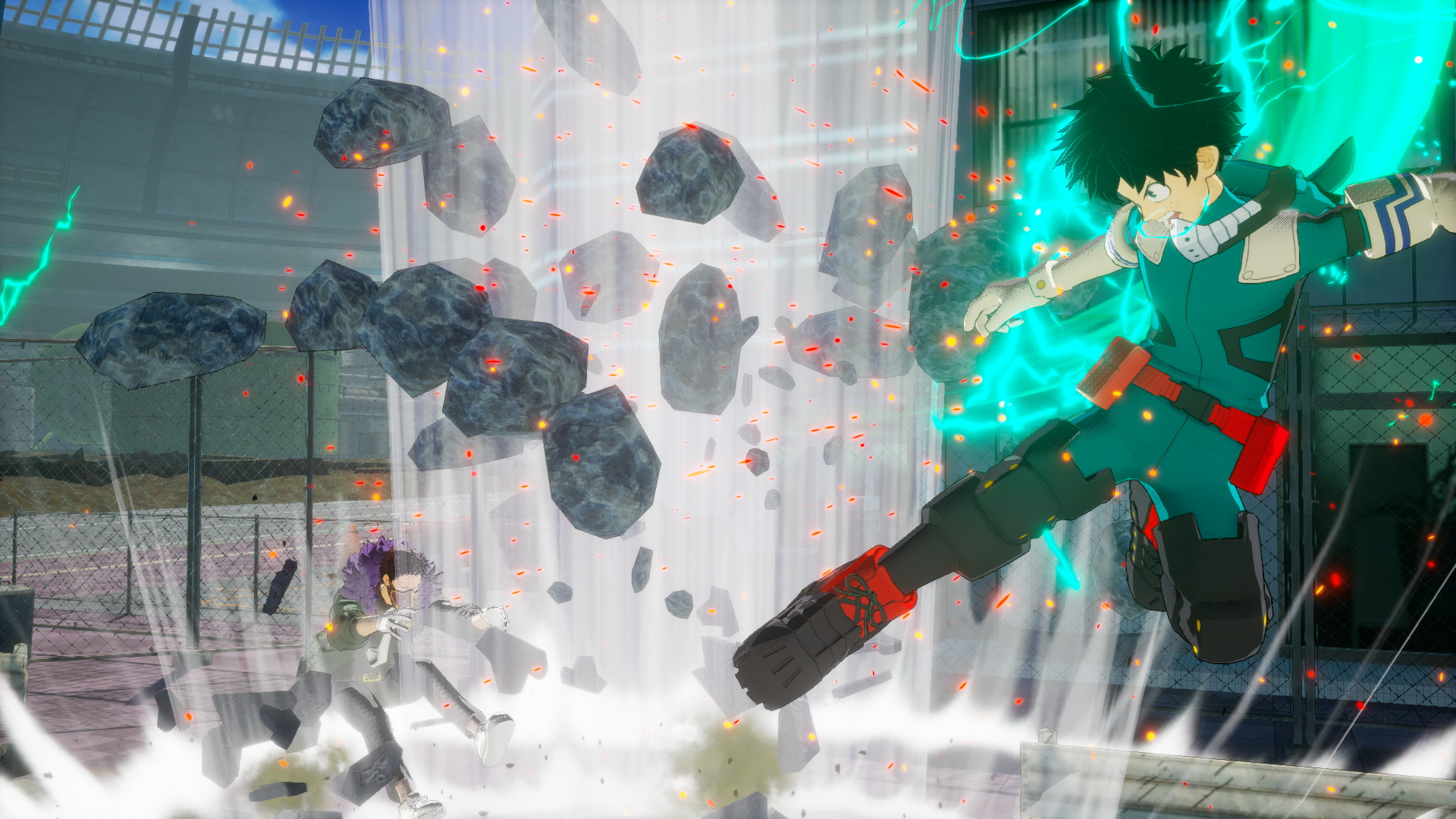
-
My Hero Ones Justice 2 PS4 Review #7
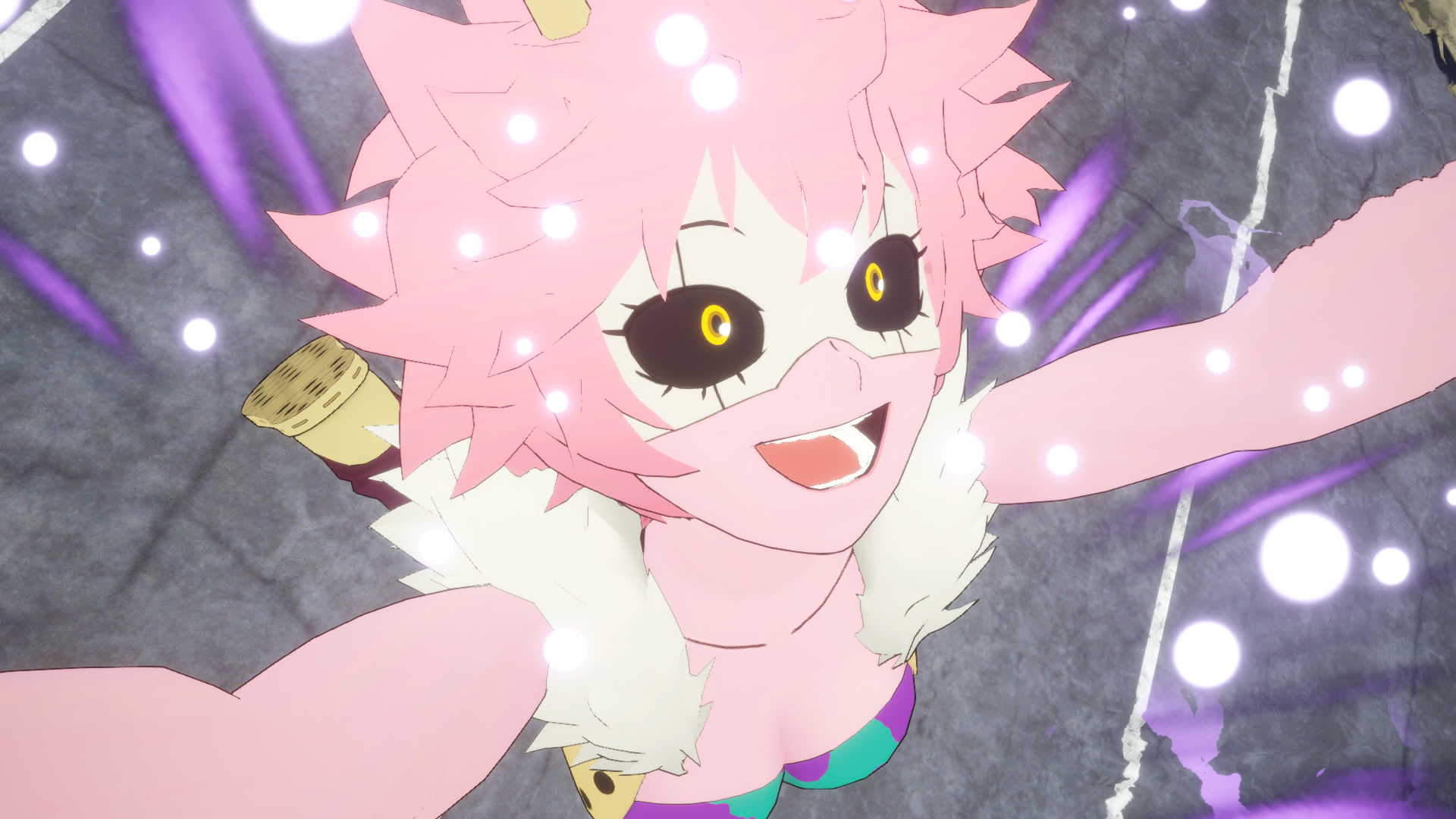
-
My Hero Ones Justice 2 PS4 Review #8
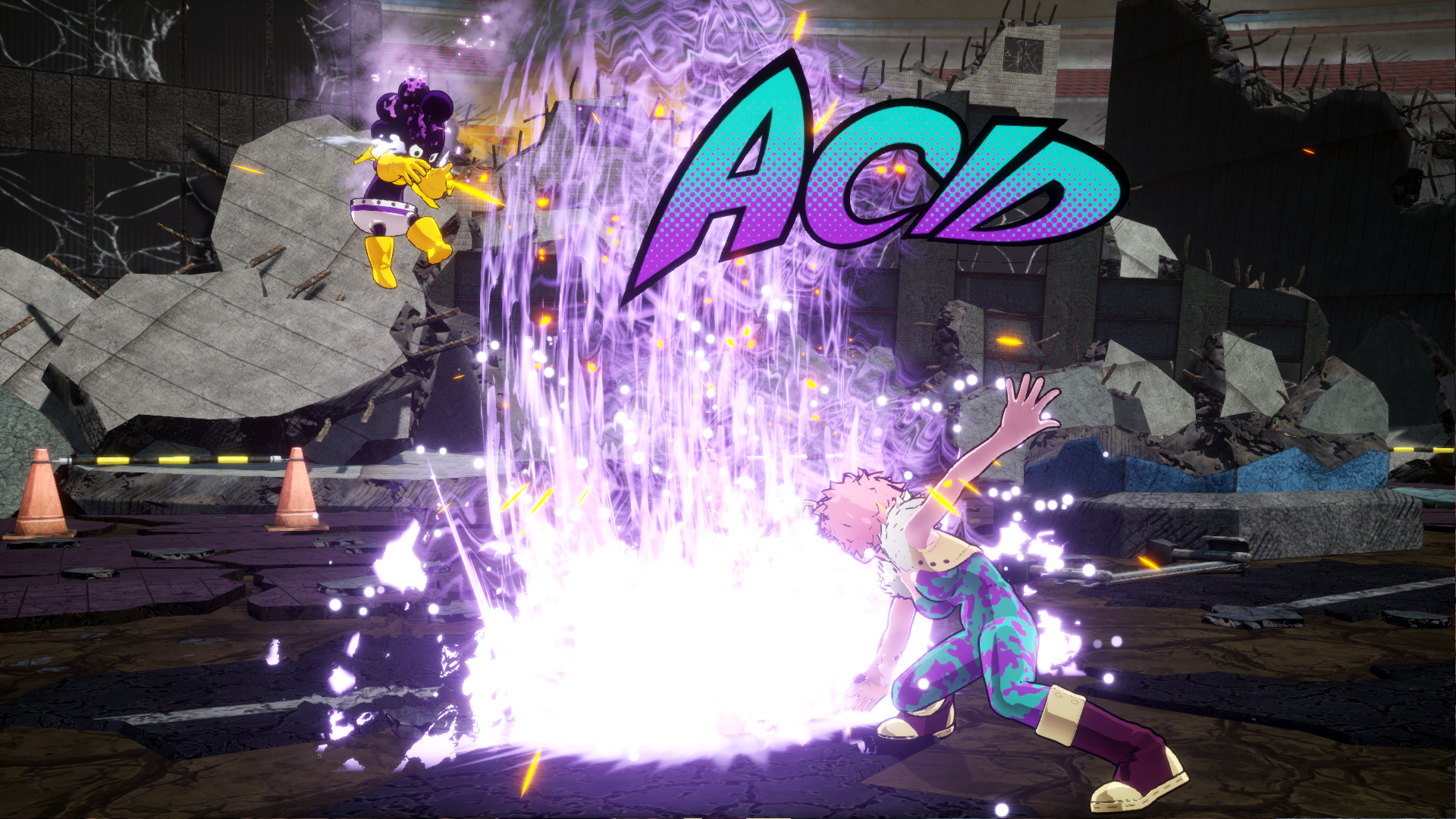
-
My Hero Ones Justice 2 PS4 Review #9
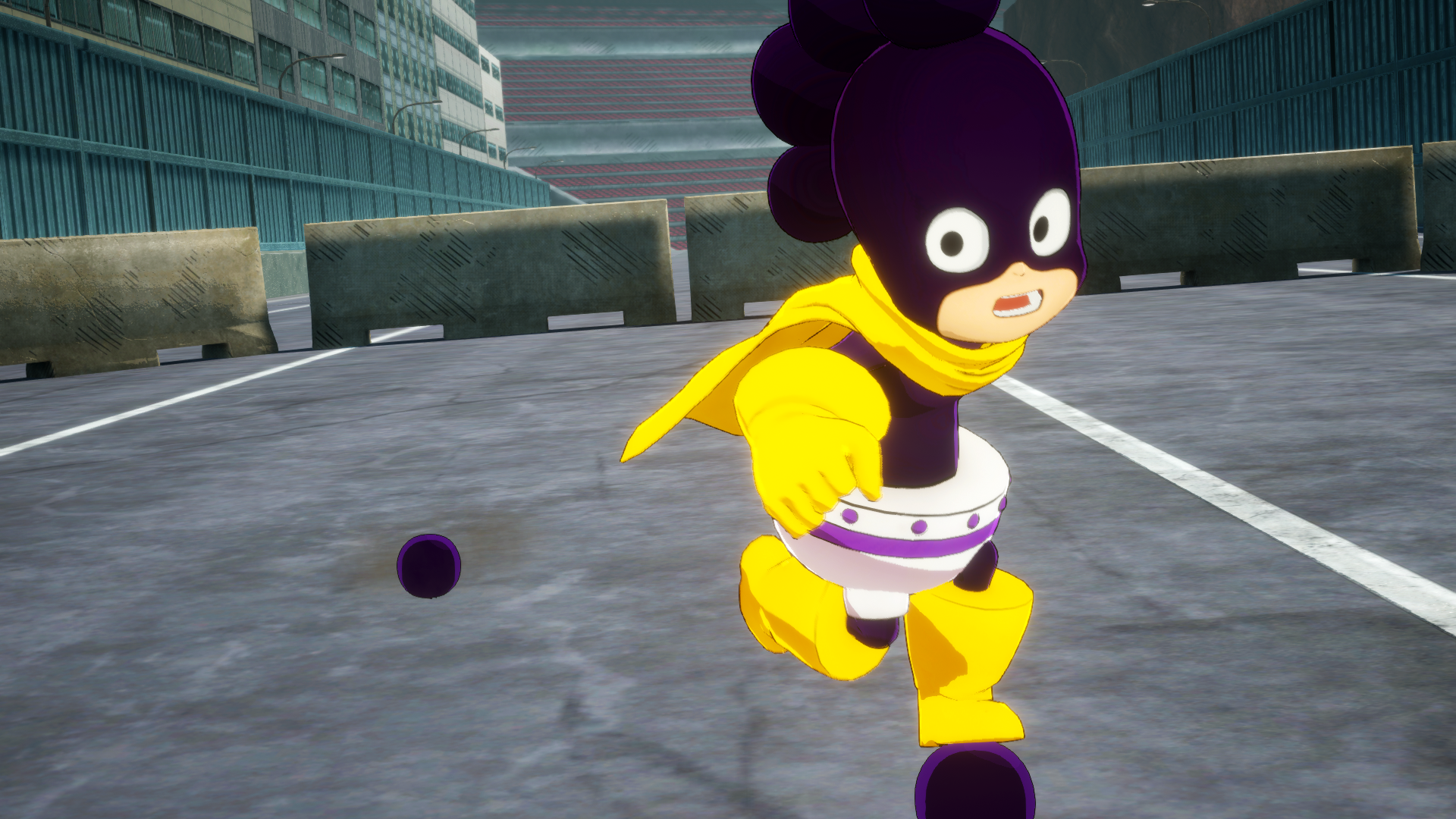
-
My Hero Ones Justice 2 PS4 Review #10
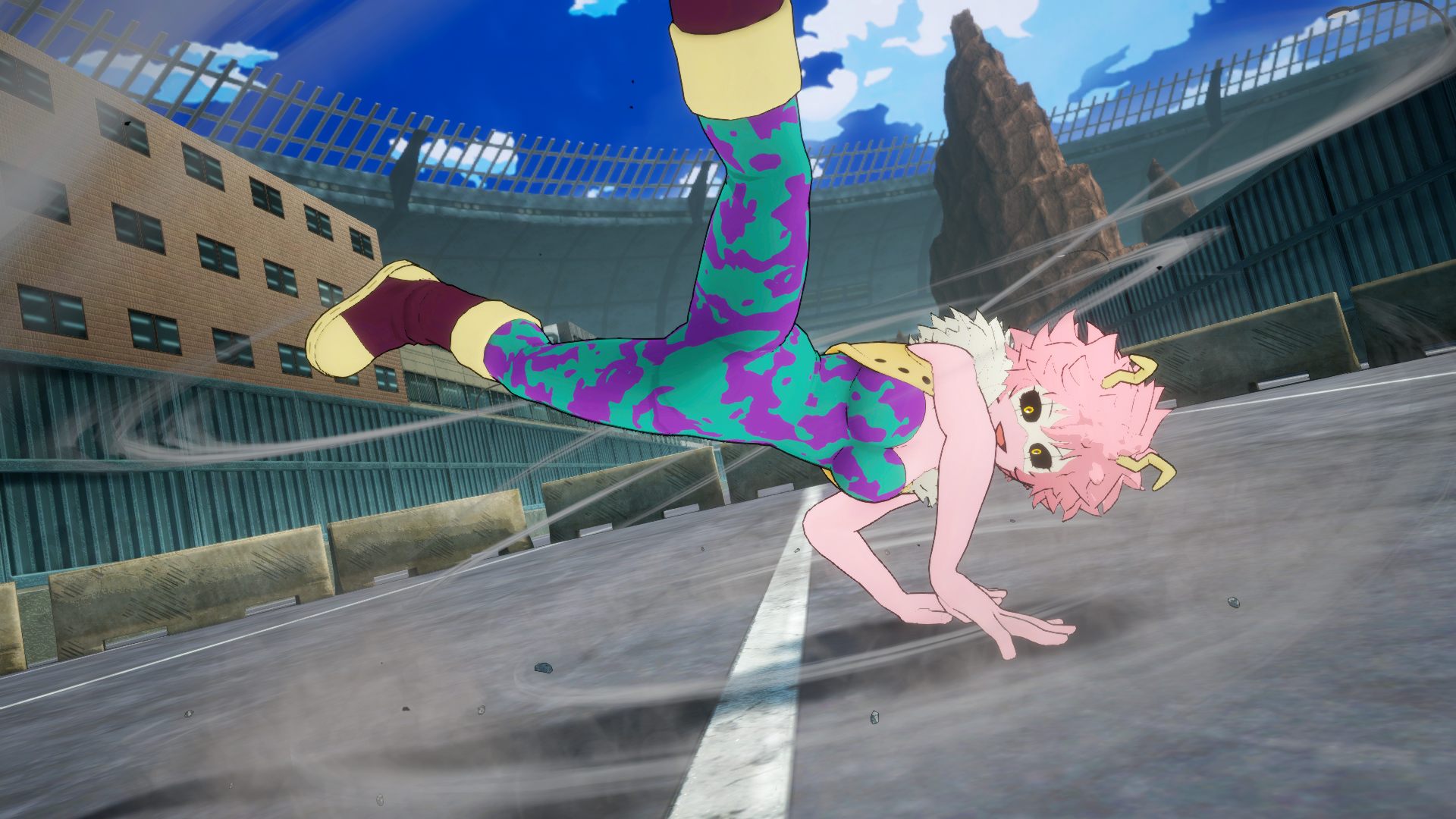
-
My Hero Ones Justice 2 PS4 Review #11
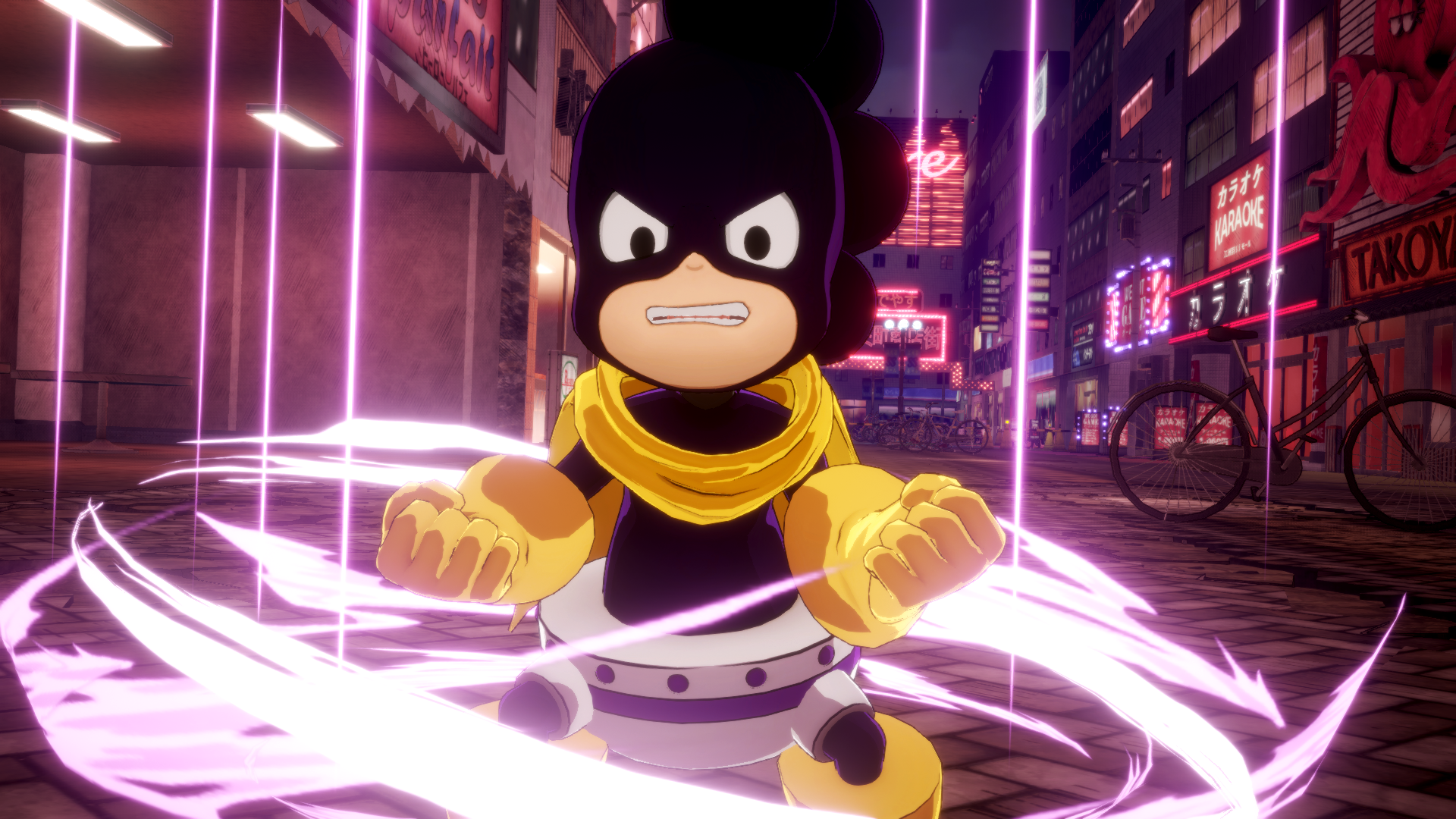
-
My Hero Ones Justice 2 PS4 Review #12
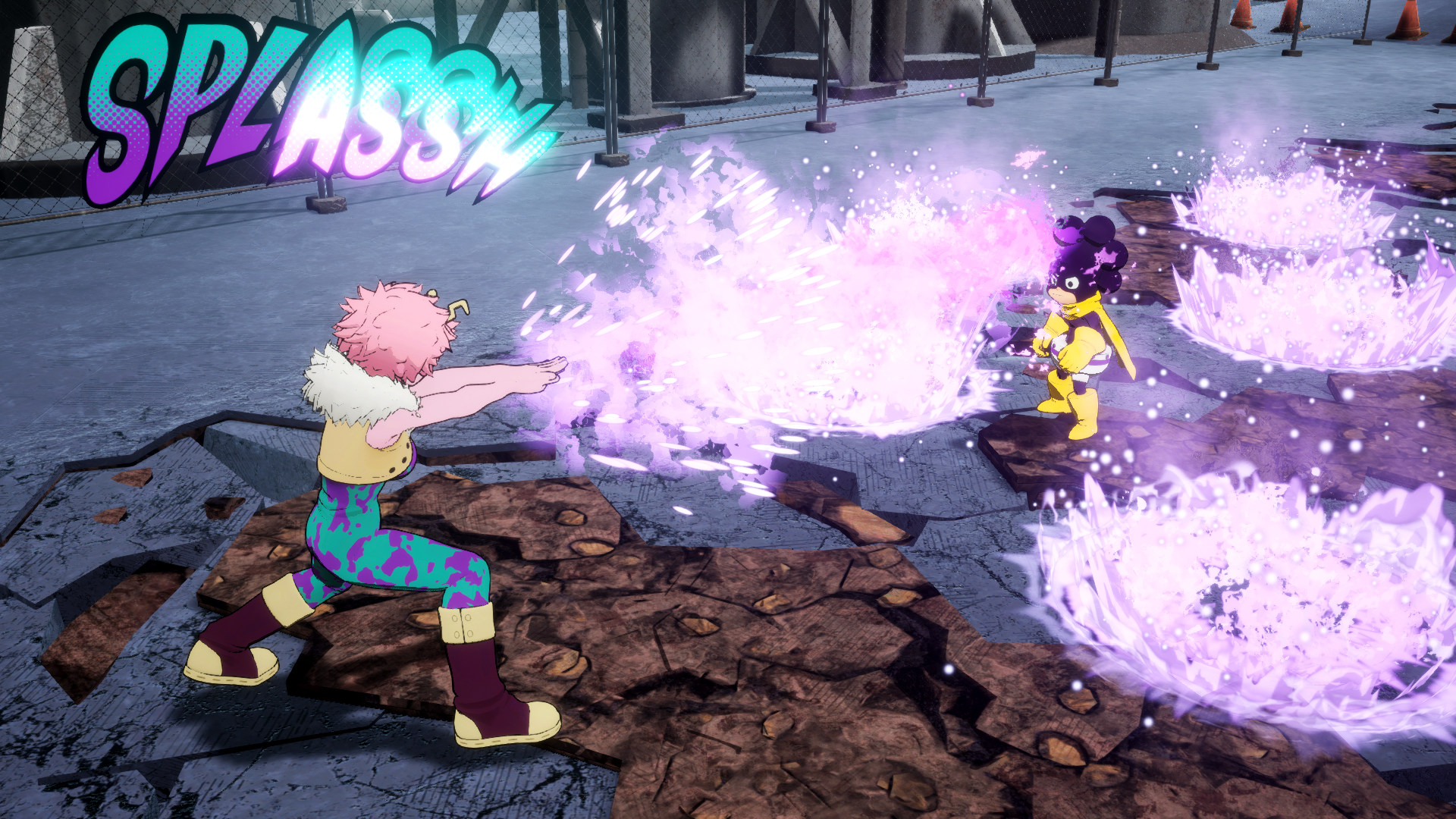
-
My Hero Ones Justice 2 PS4 Review #13
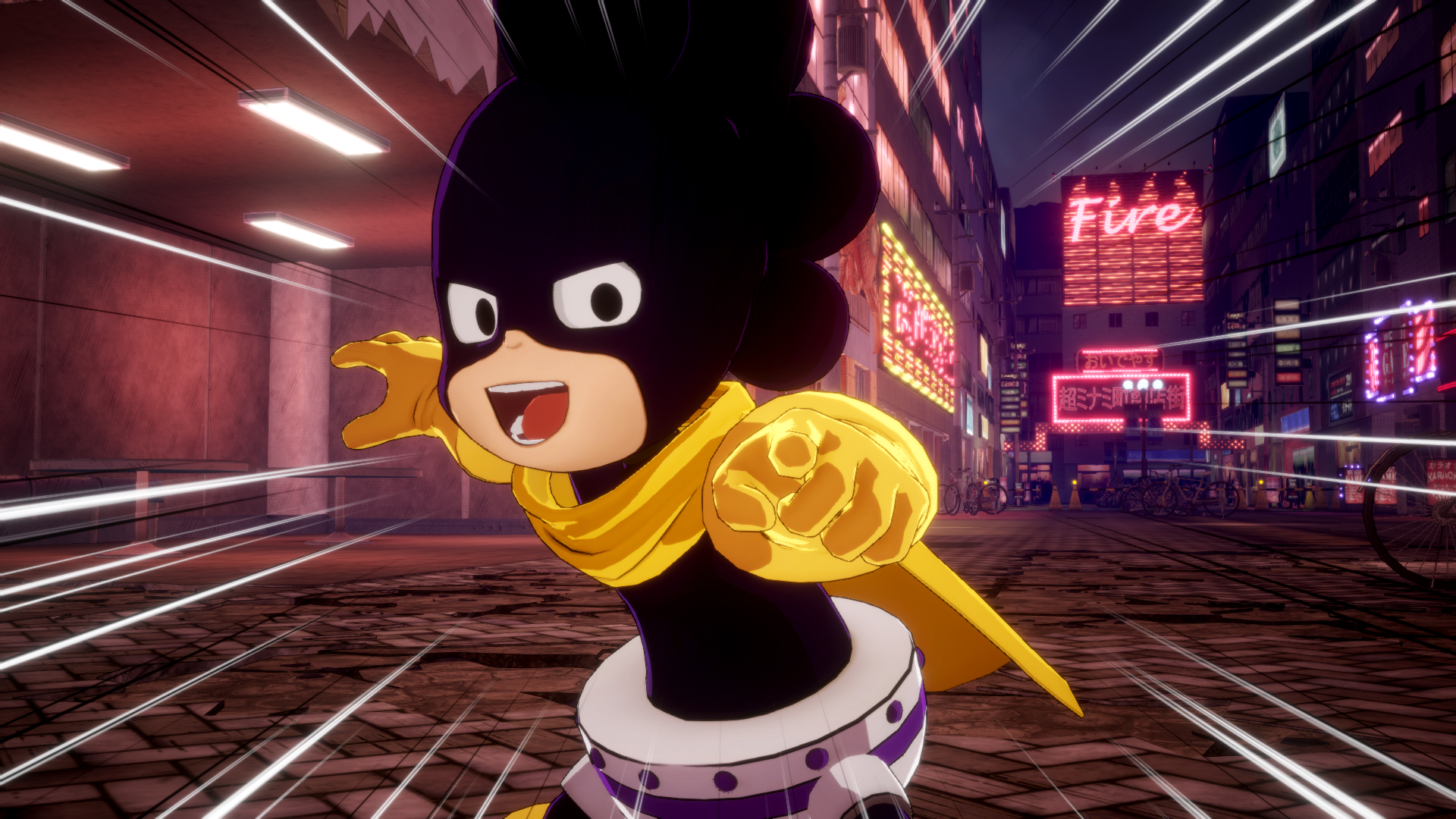
-
My Hero Ones Justice 2 PS4 Review #14
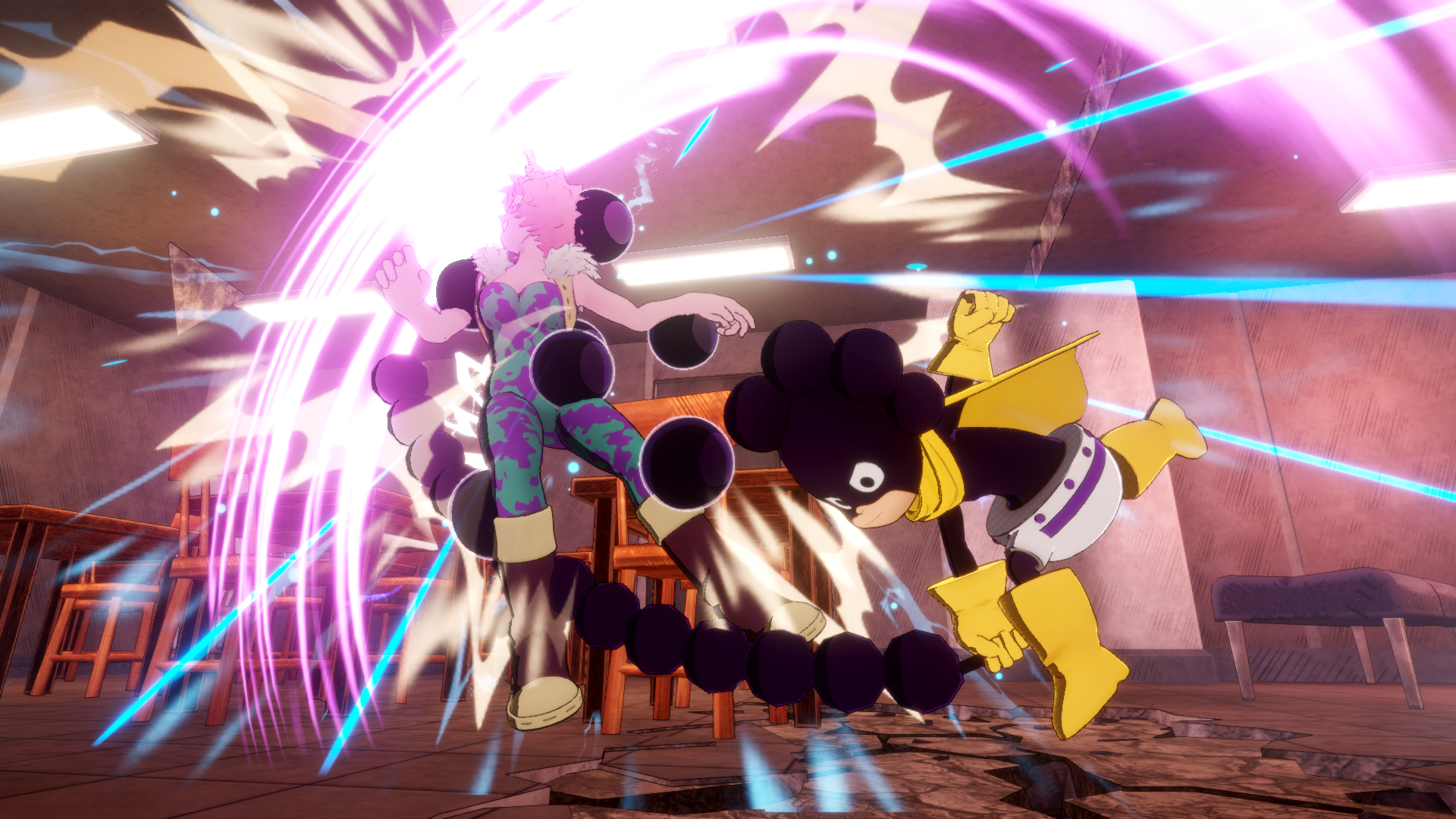
-
My Hero Ones Justice 2 PS4 Review #15
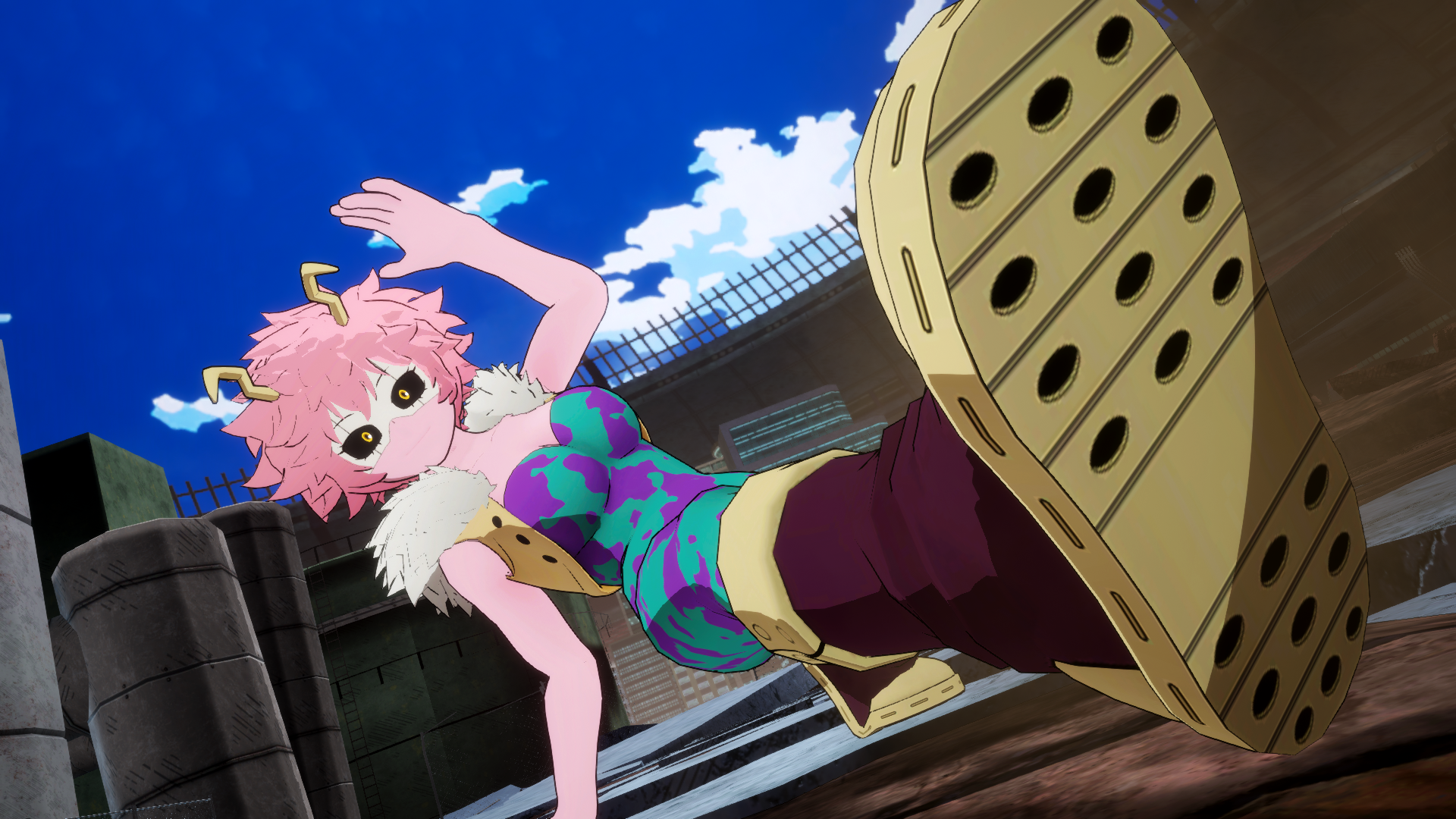
-
My Hero Ones Justice 2 PS4 Review #16
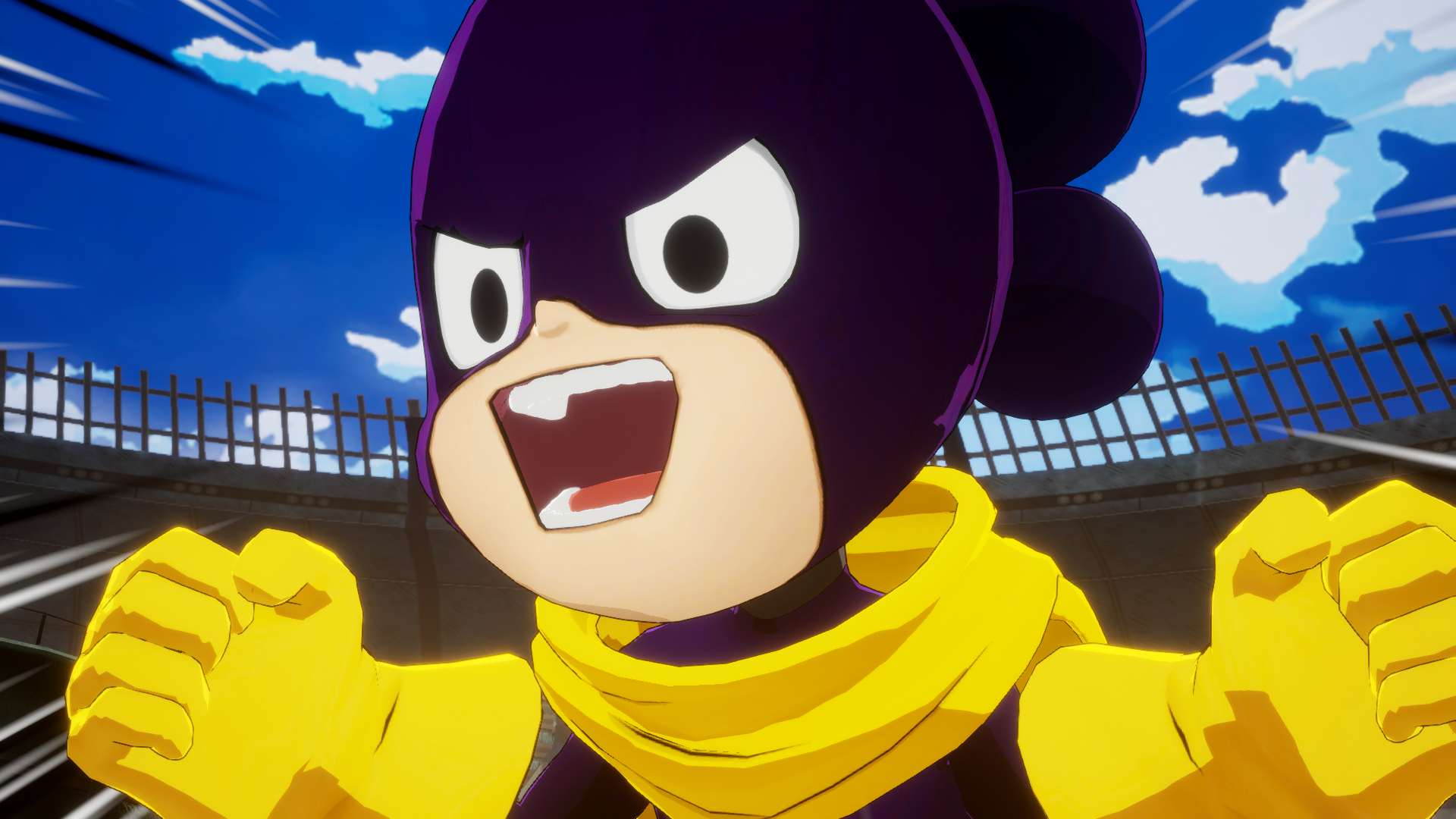
-
My Hero Ones Justice 2 PS4 Review #17
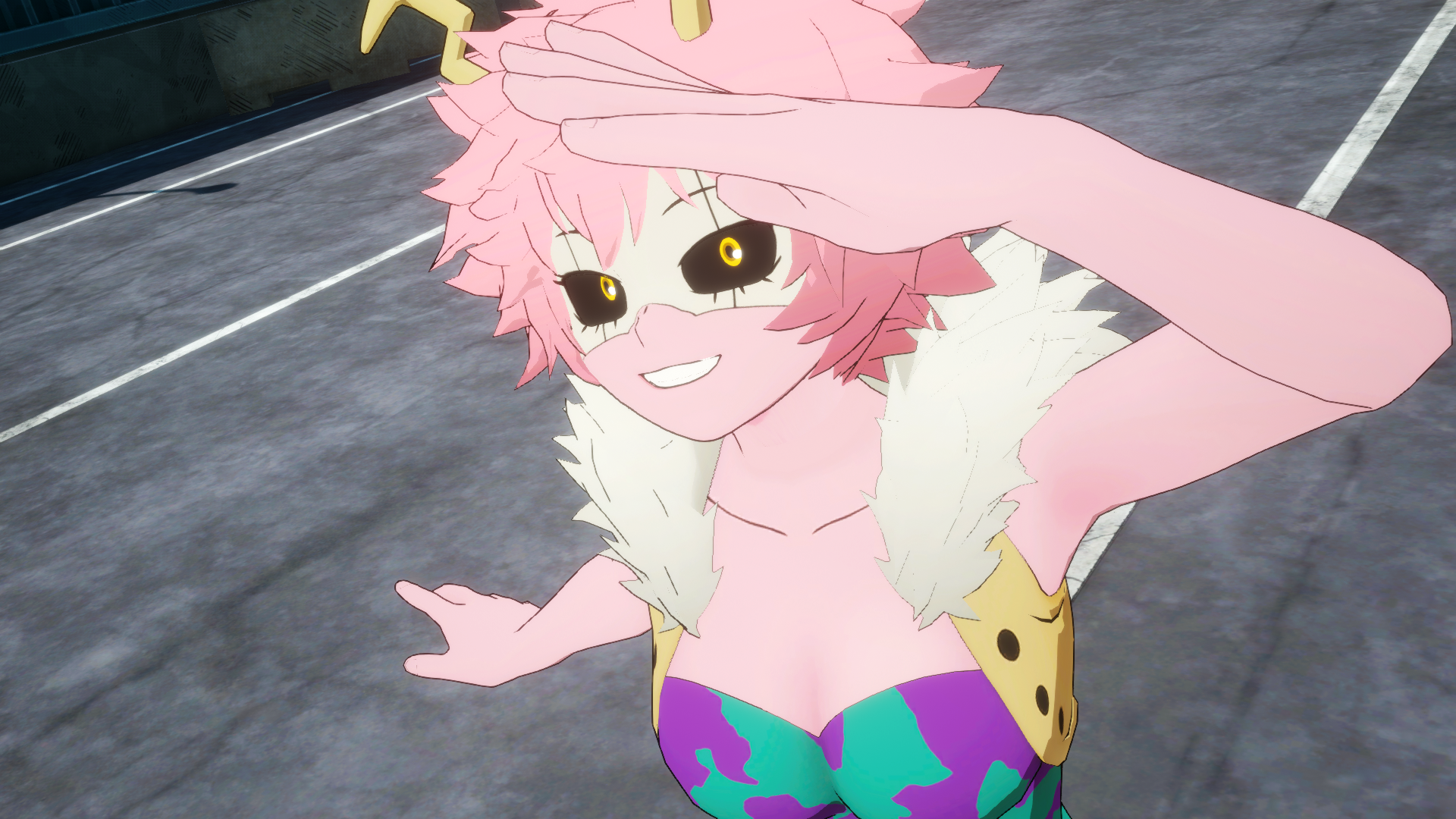
-
My Hero Ones Justice 2 PS4 Review #18
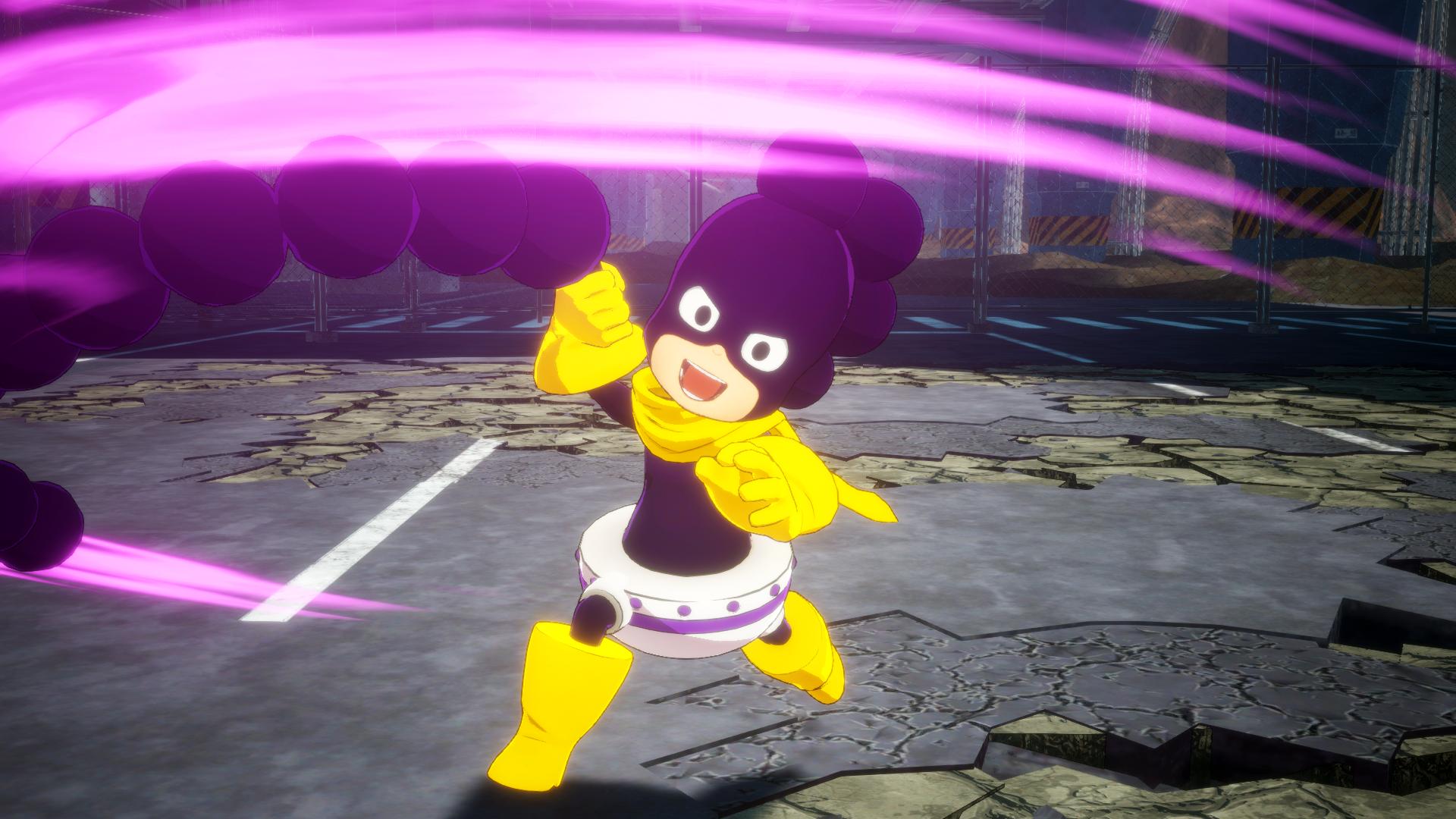
-
My Hero Ones Justice 2 PS4 Review #19
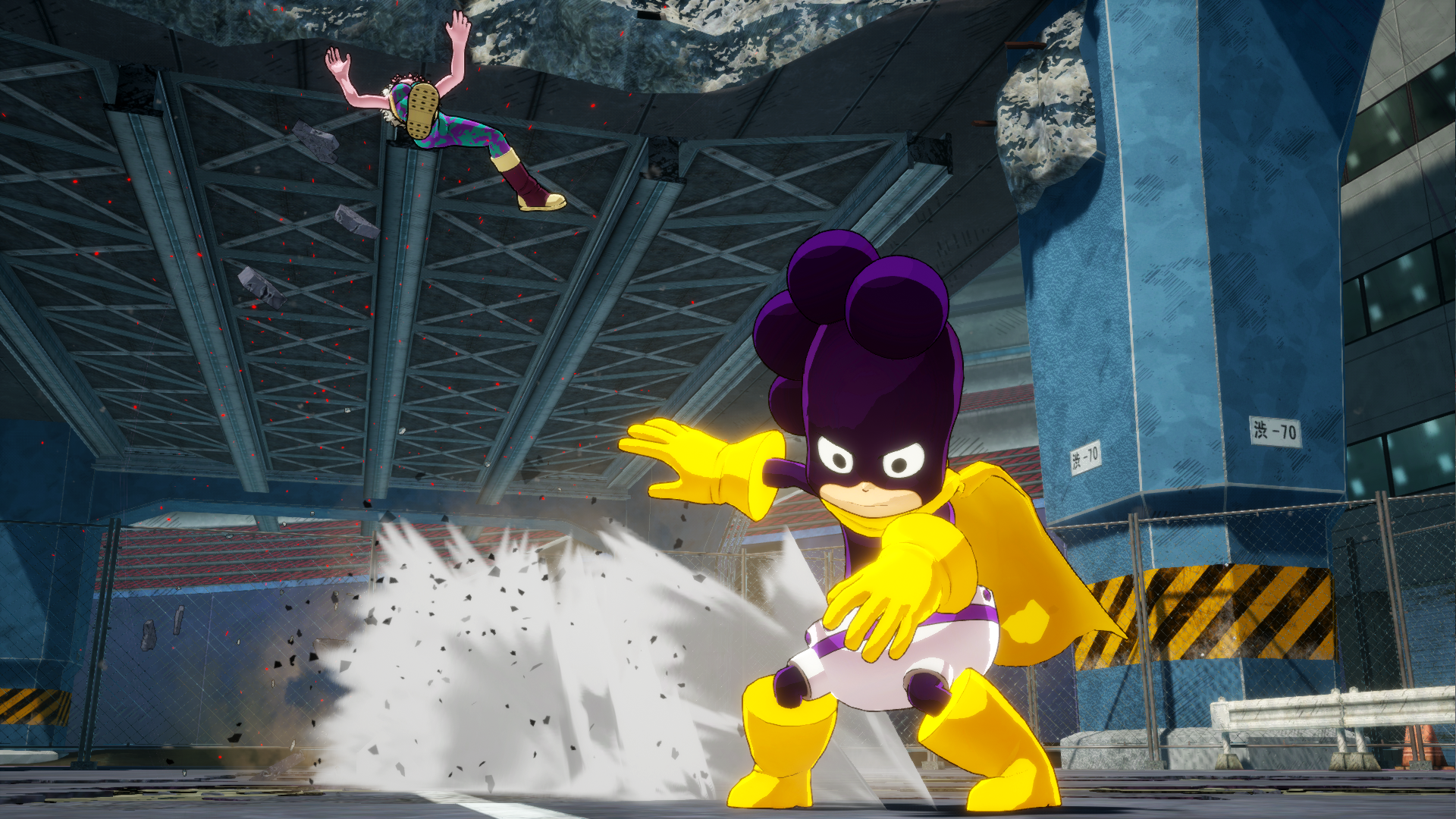
-
My Hero Ones Justice 2 PS4 Review #20
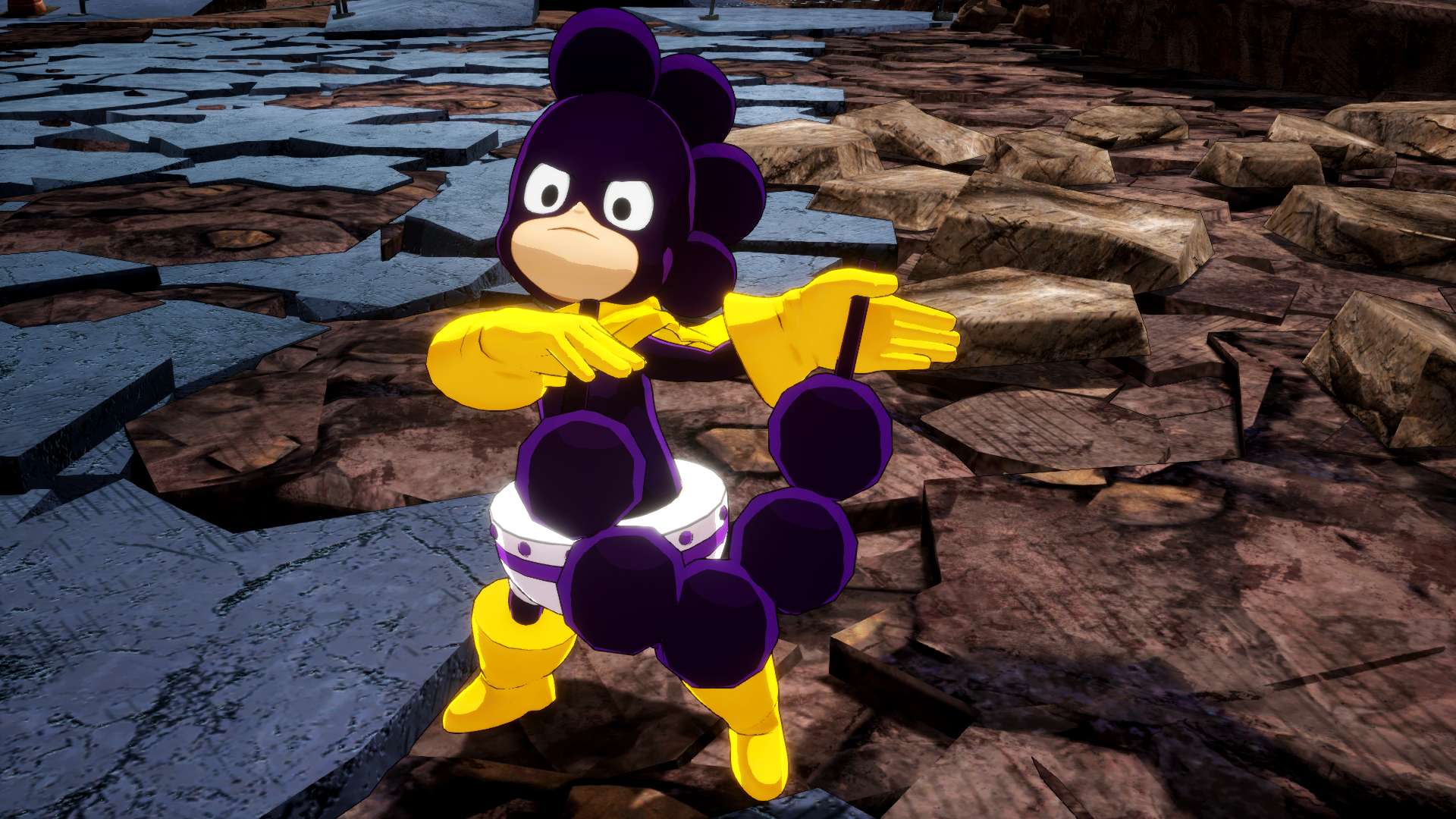
-
My Hero Ones Justice 2 PS4 Review #21
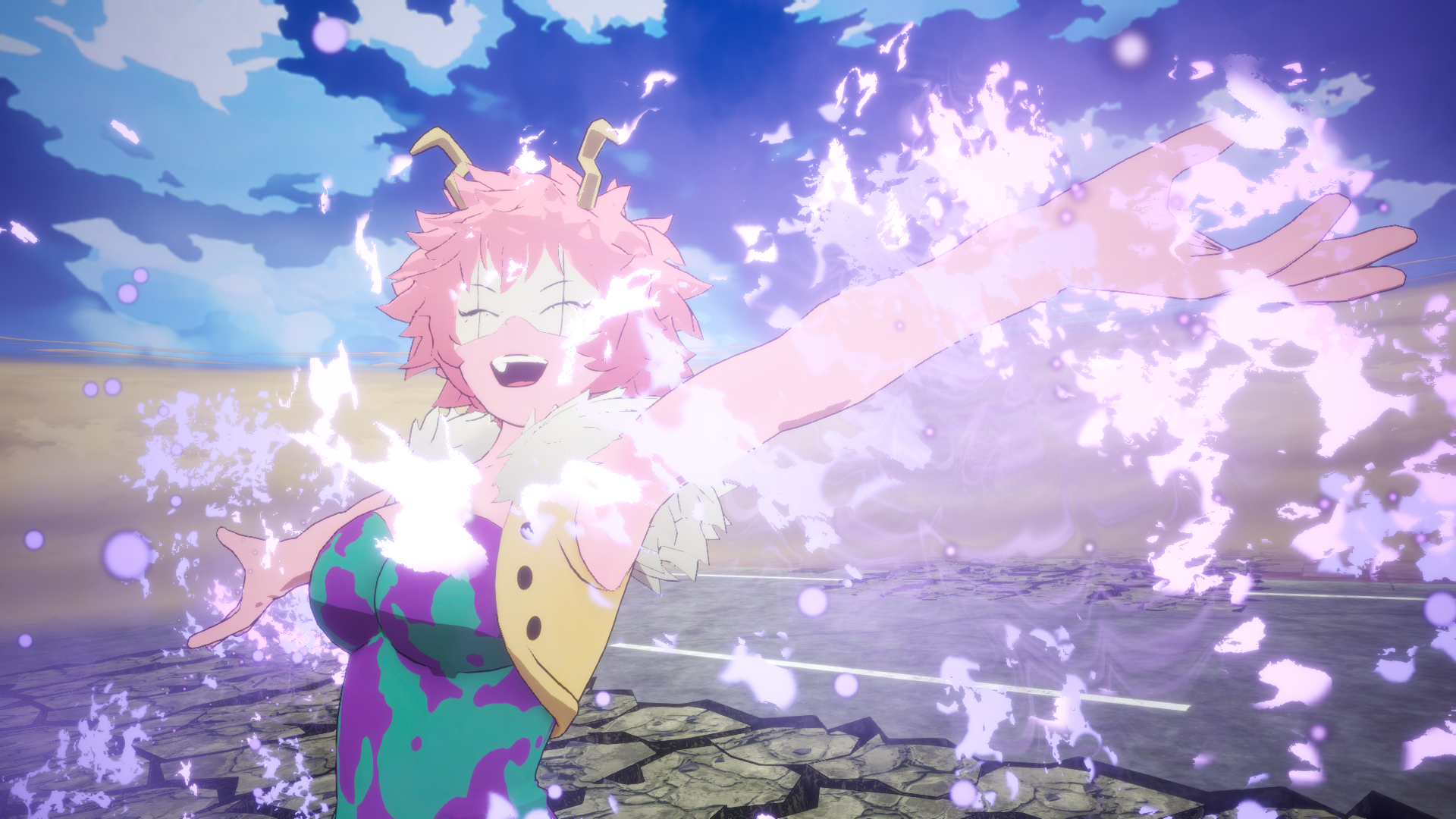
-
My Hero Ones Justice 2 PS4 Review #22
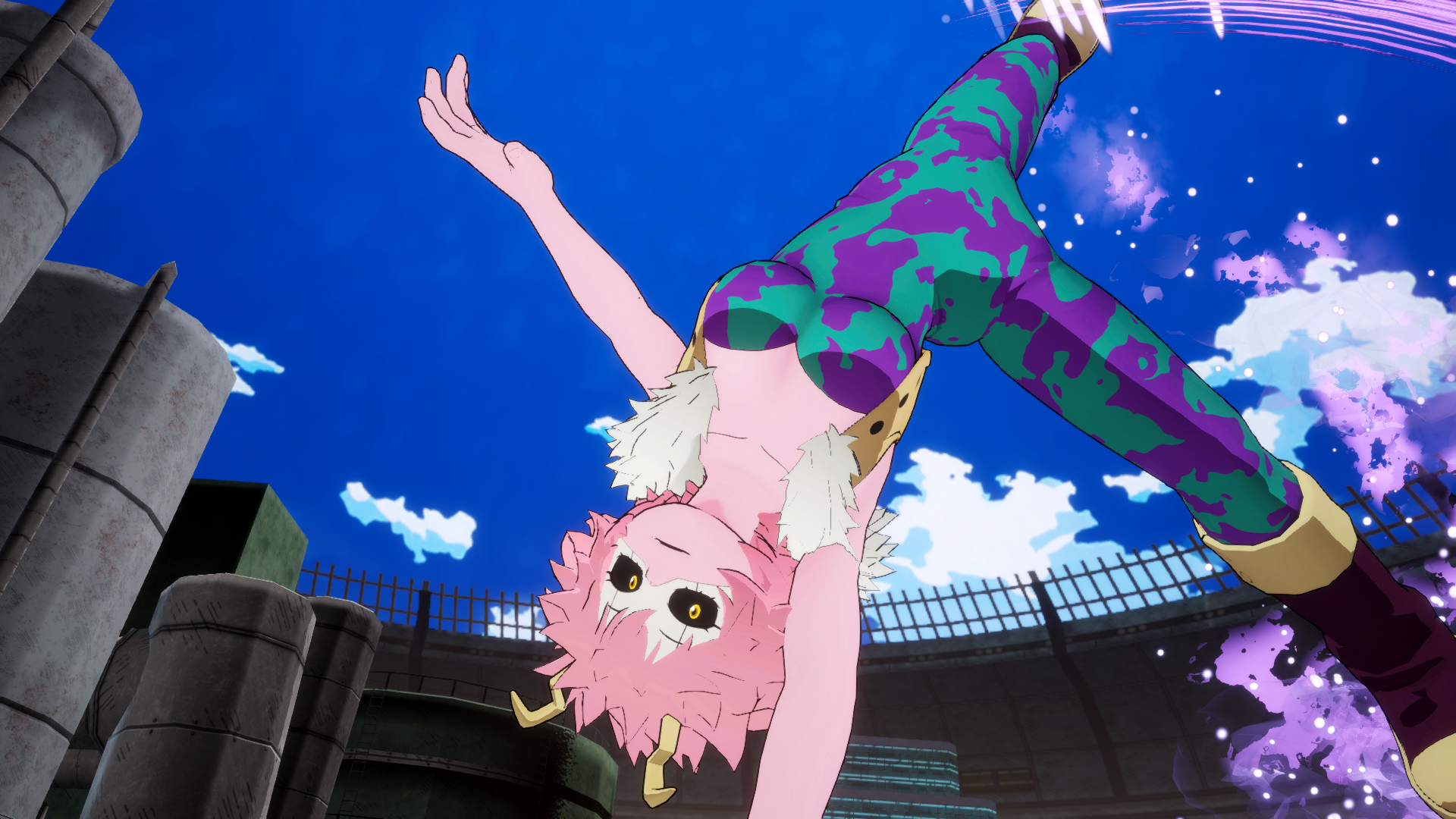
-
My Hero Ones Justice 2 PS4 Review #23
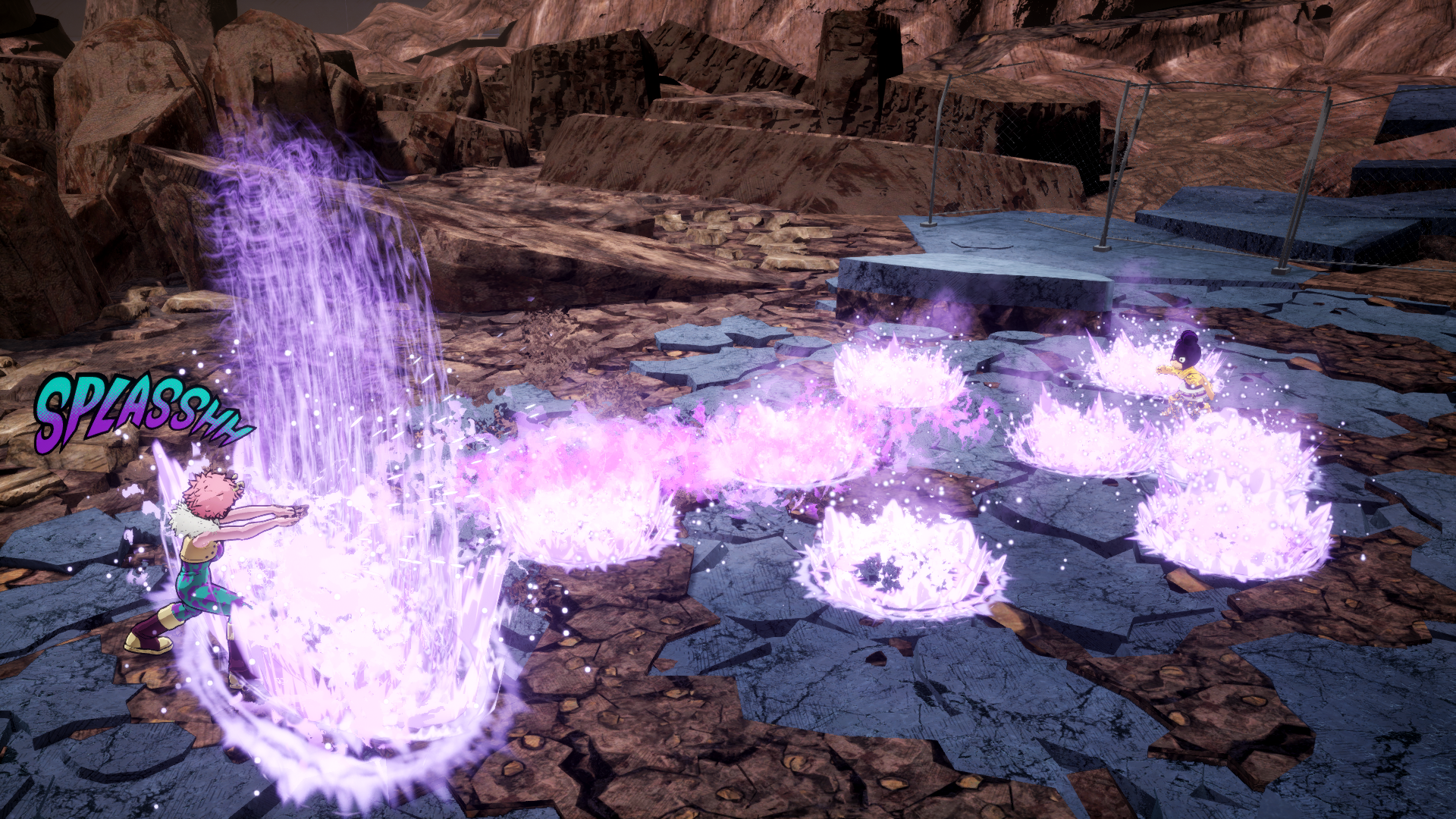
-
My Hero Ones Justice 2 PS4 Review #24

-
My Hero Ones Justice 2 PS4 Review #25
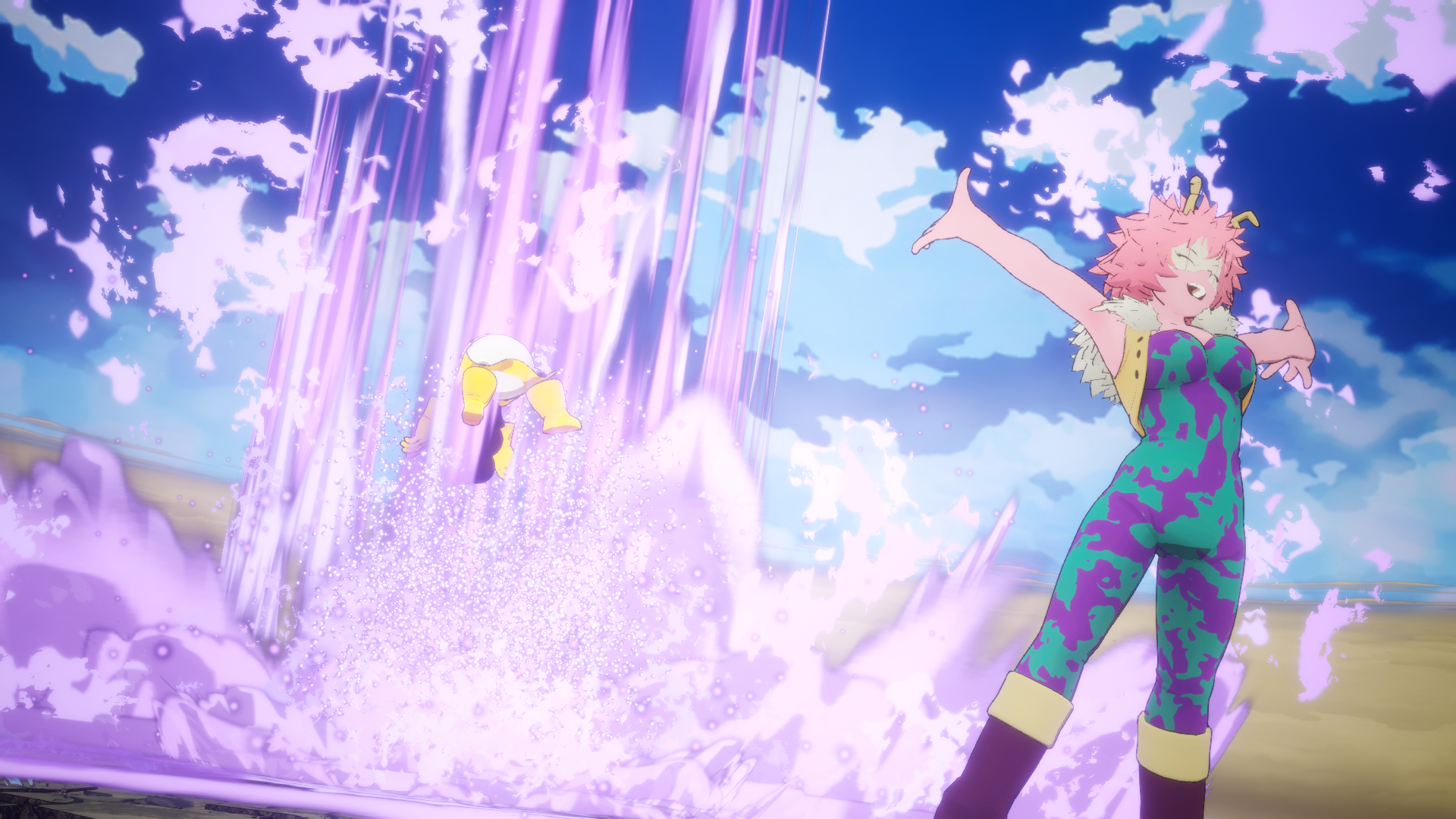
-
My Hero Ones Justice 2 PS4 Review #26
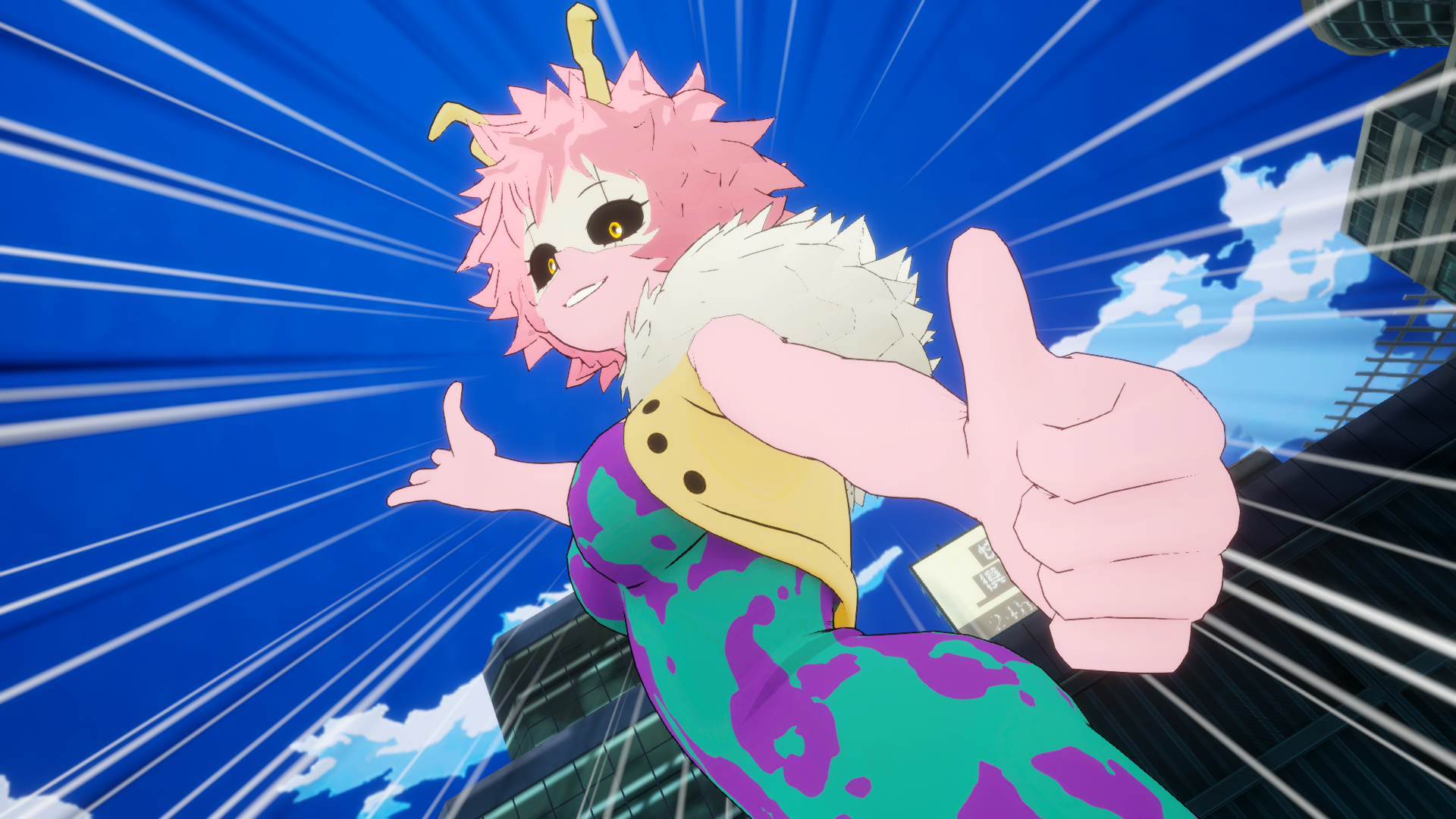
-
My Hero Ones Justice 2 PS4 Review #27
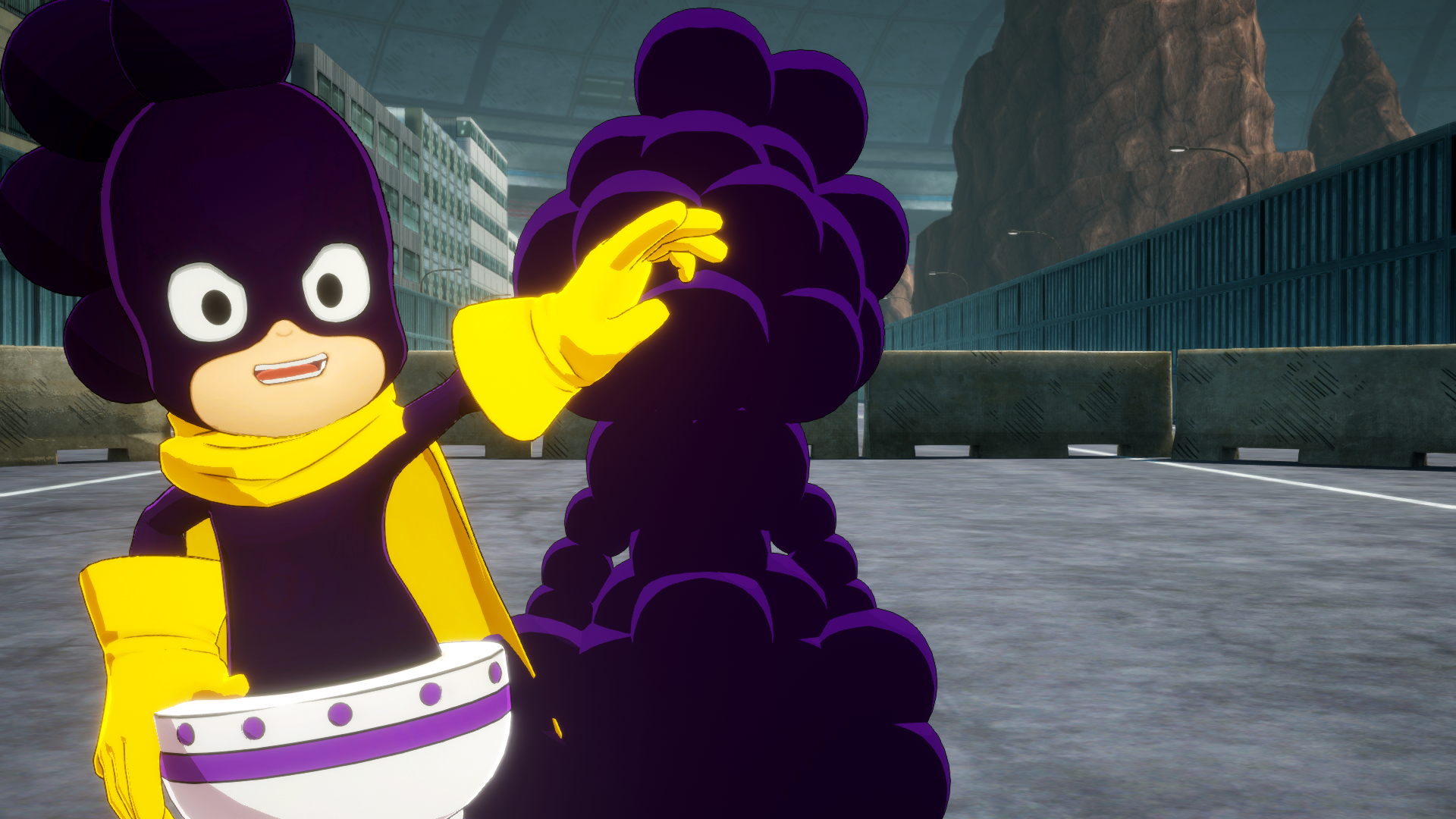
-
My Hero Ones Justice 2 PS4 Review #28
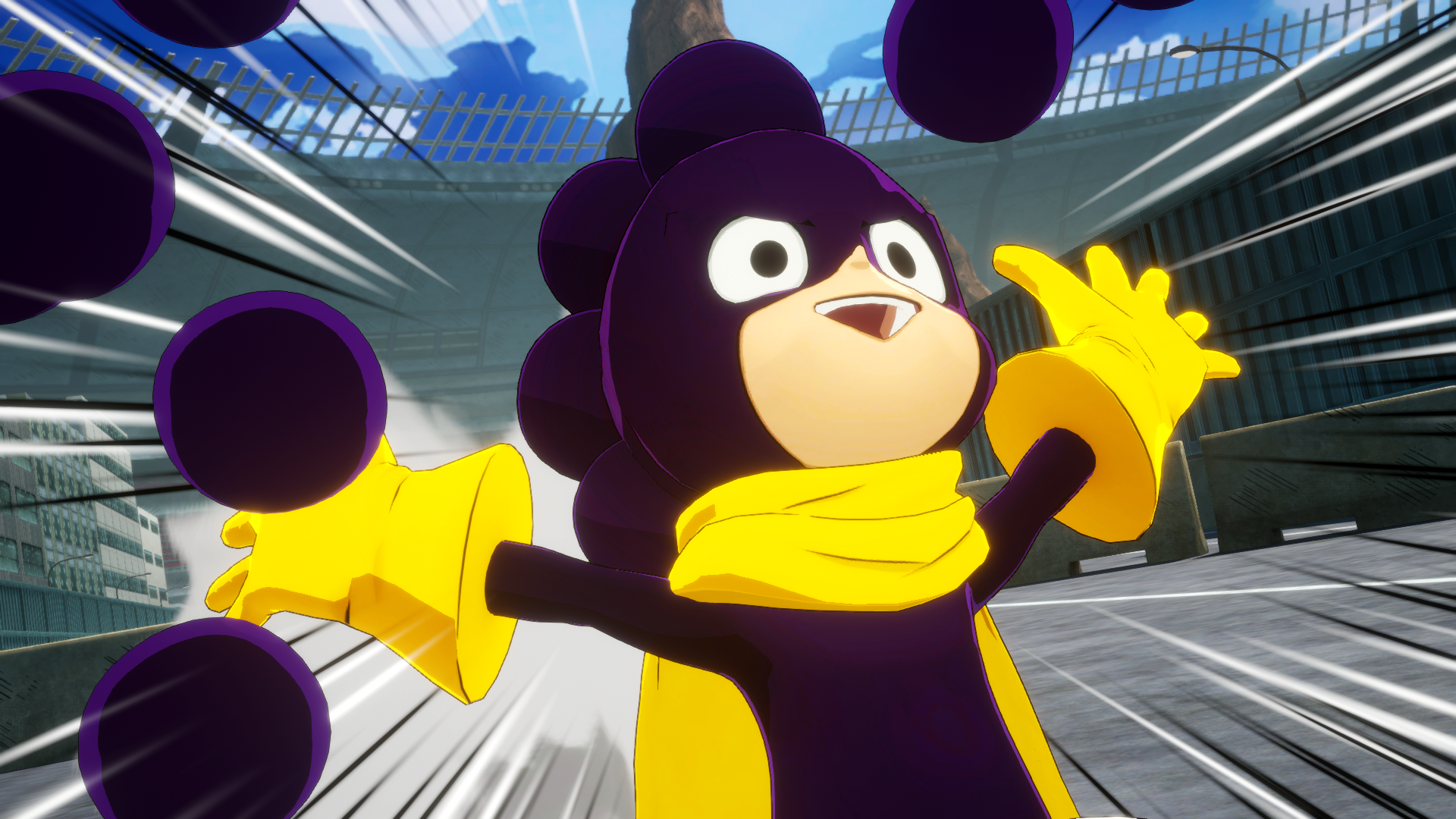
-
My Hero Ones Justice 2 PS4 Review #29
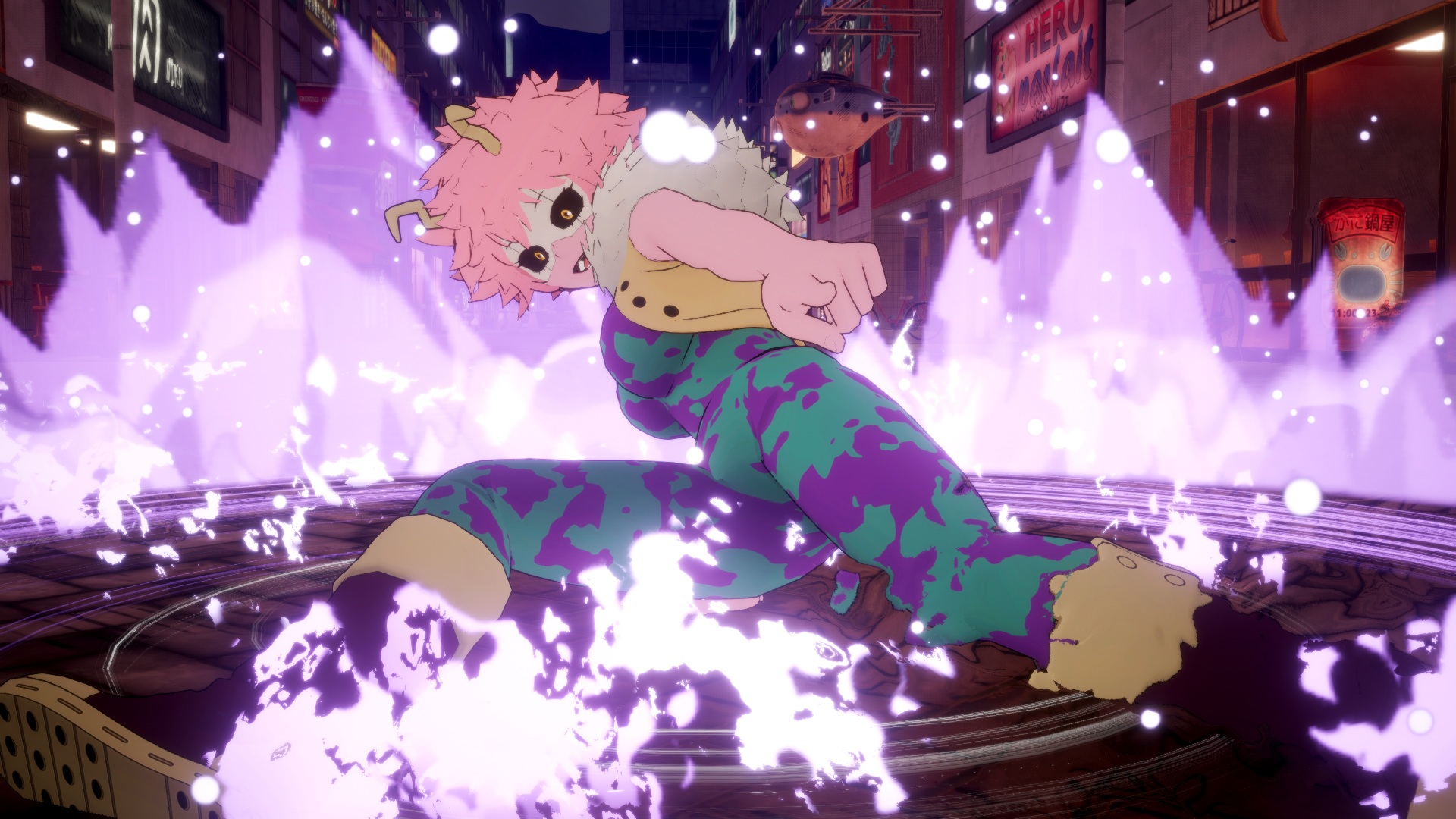
-
My Hero Ones Justice 2 PS4 Review #30
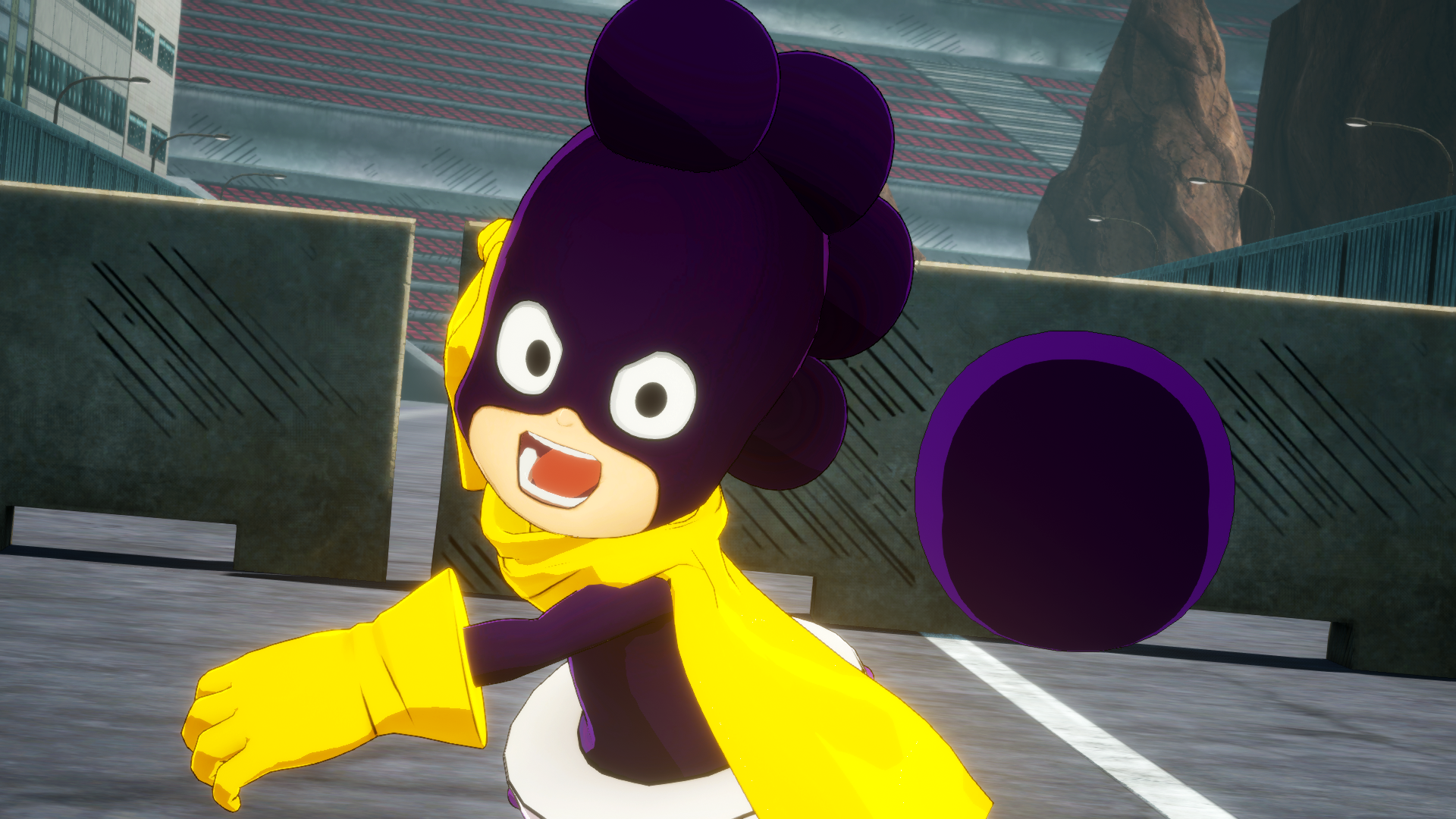
-
My Hero Ones Justice 2 PS4 Review #31
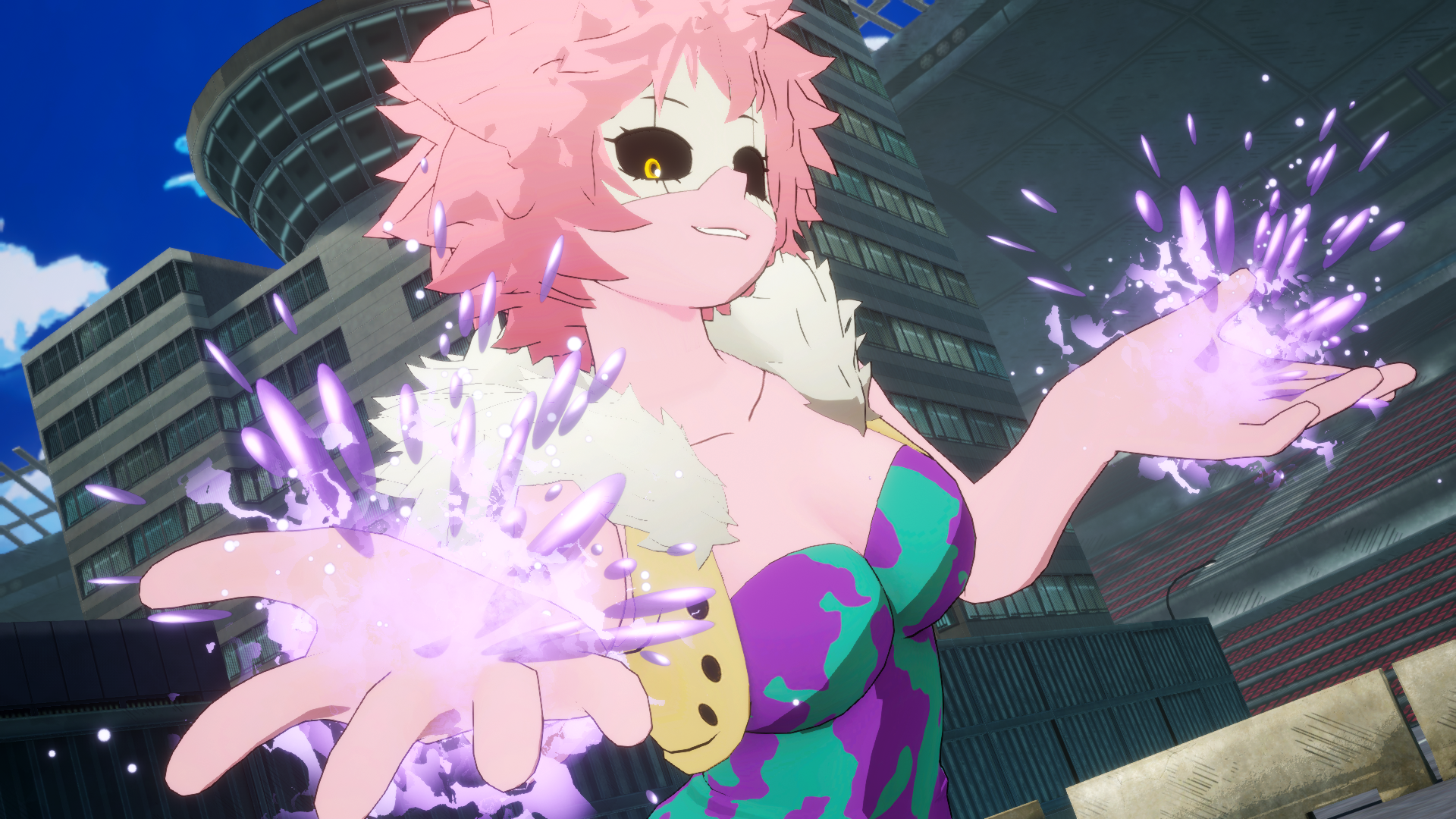
-
My Hero Ones Justice 2 PS4 Review #32
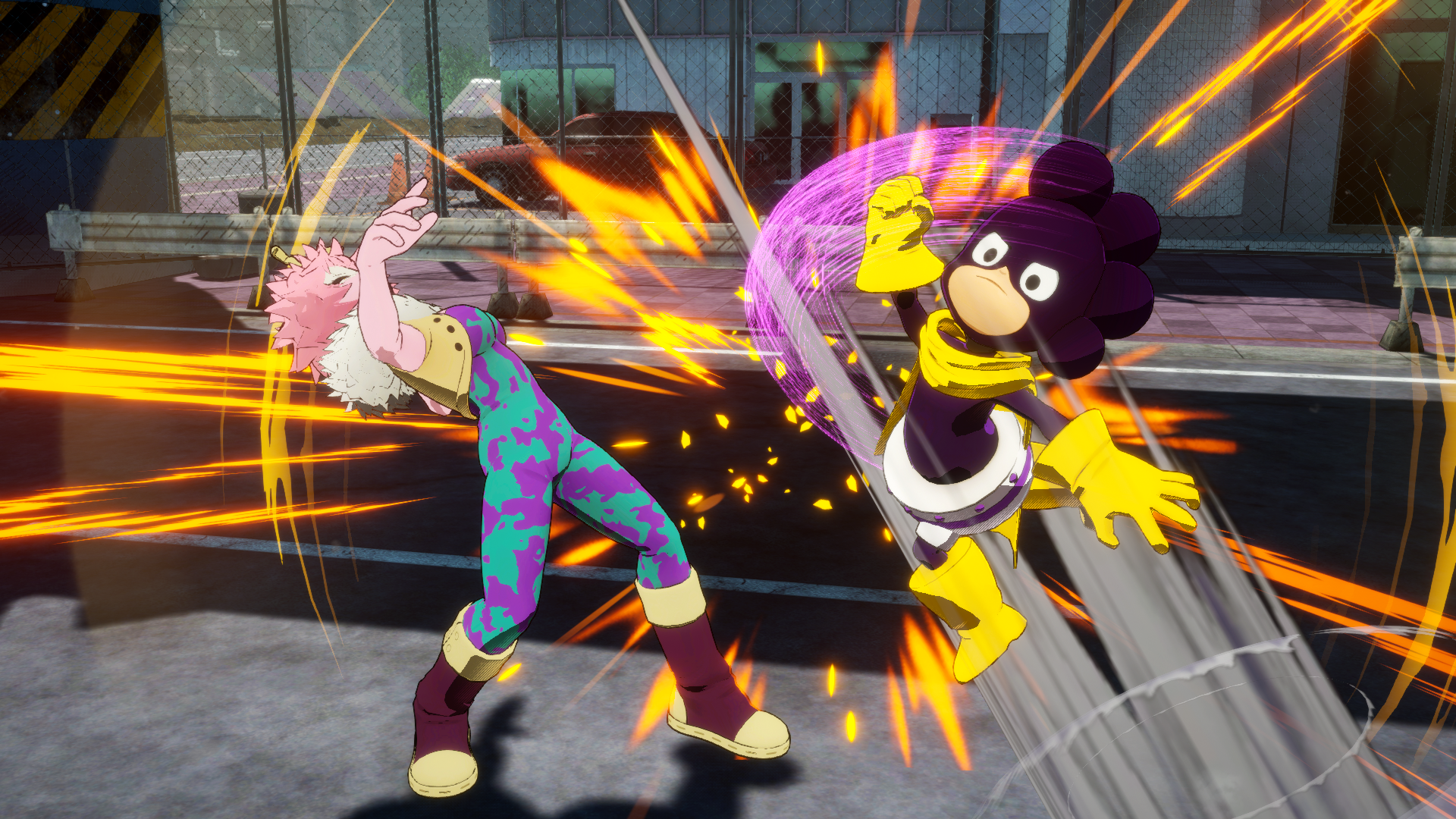
-
My Hero Ones Justice 2 PS4 Review #33
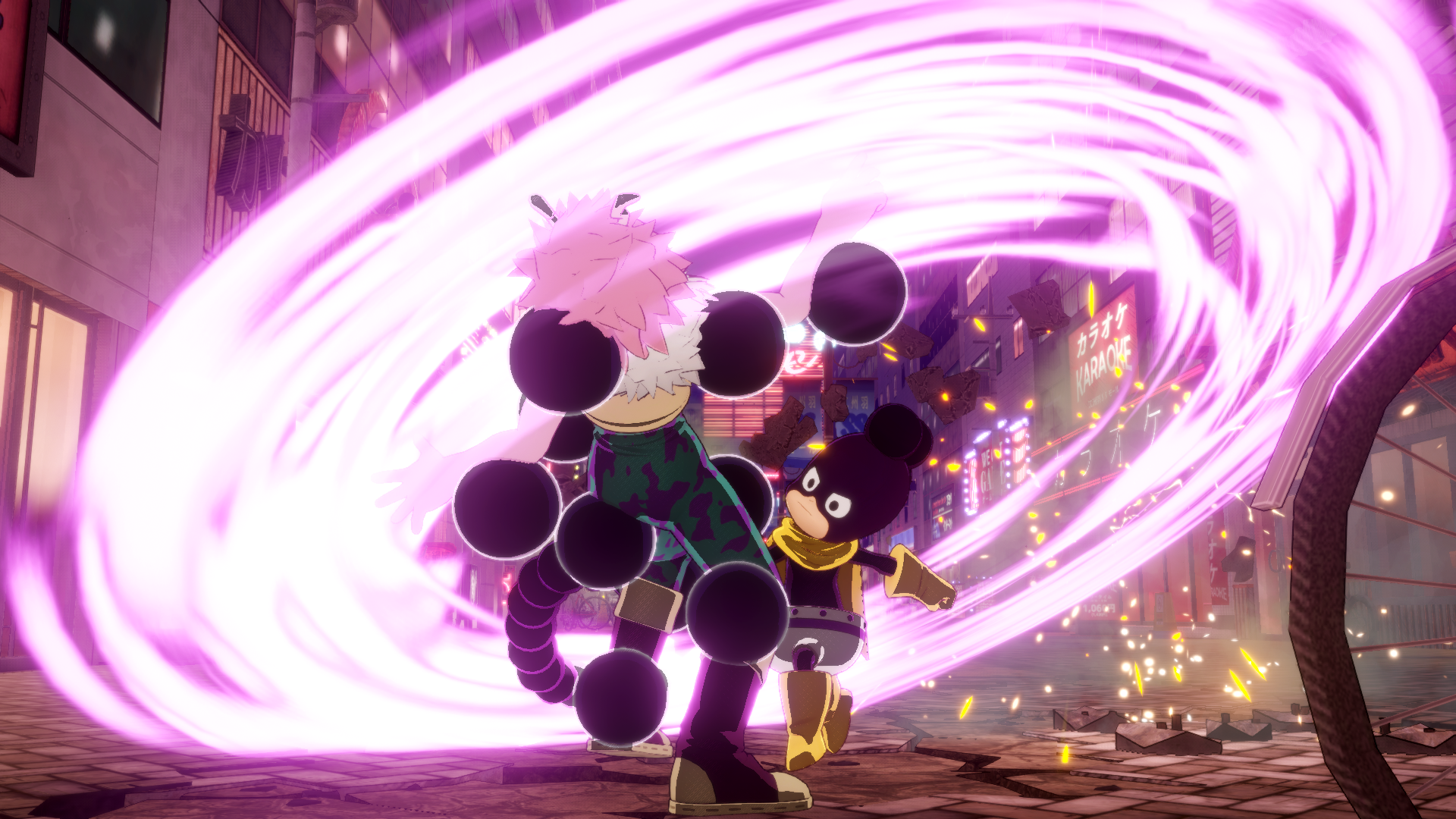
-
My Hero Ones Justice 2 PS4 Review #34
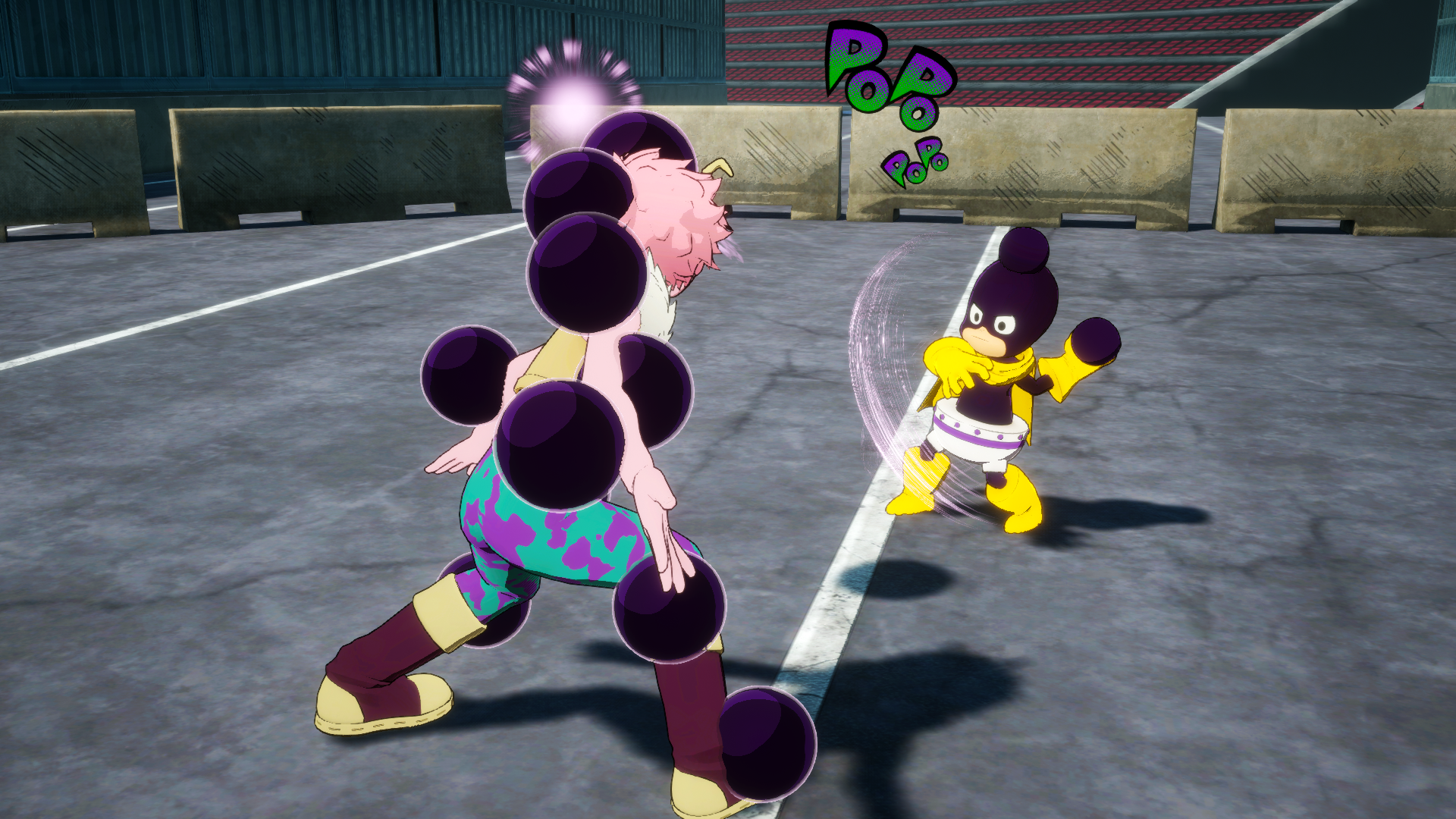
-
My Hero Ones Justice 2 PS4 Review #35
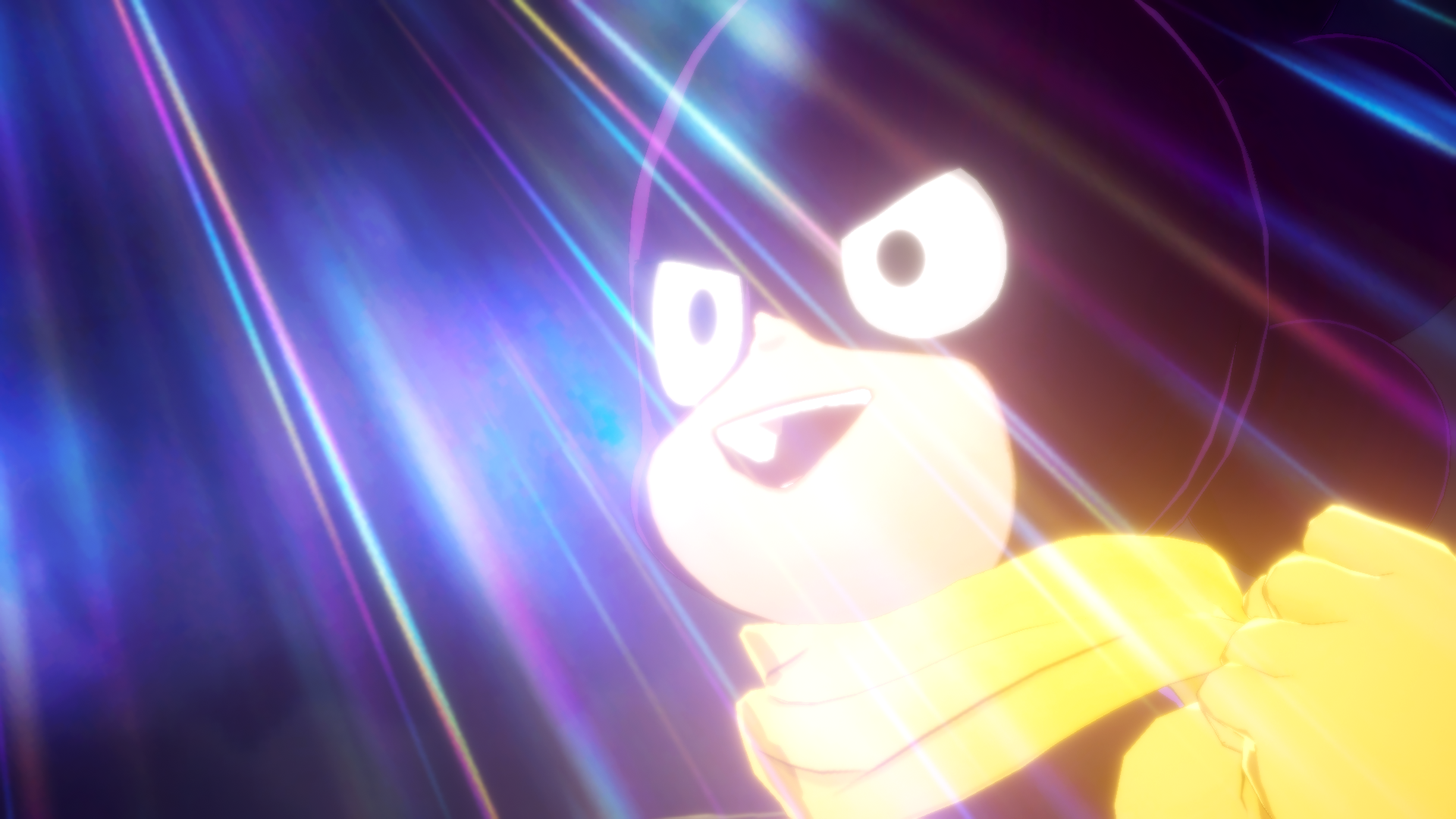
-
My Hero Ones Justice 2 PS4 Review #36
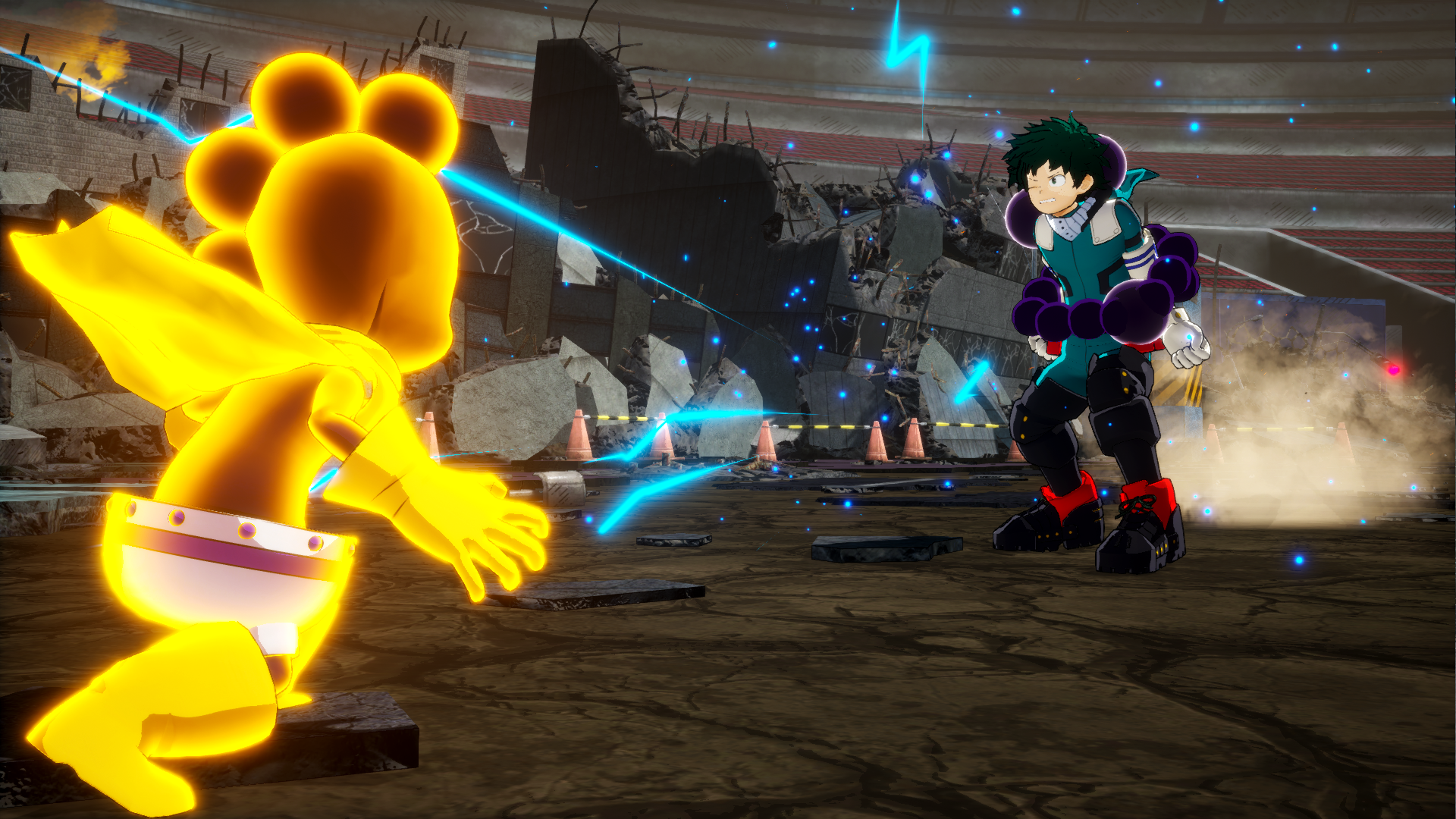
-
My Hero Ones Justice 2 PS4 Review #37
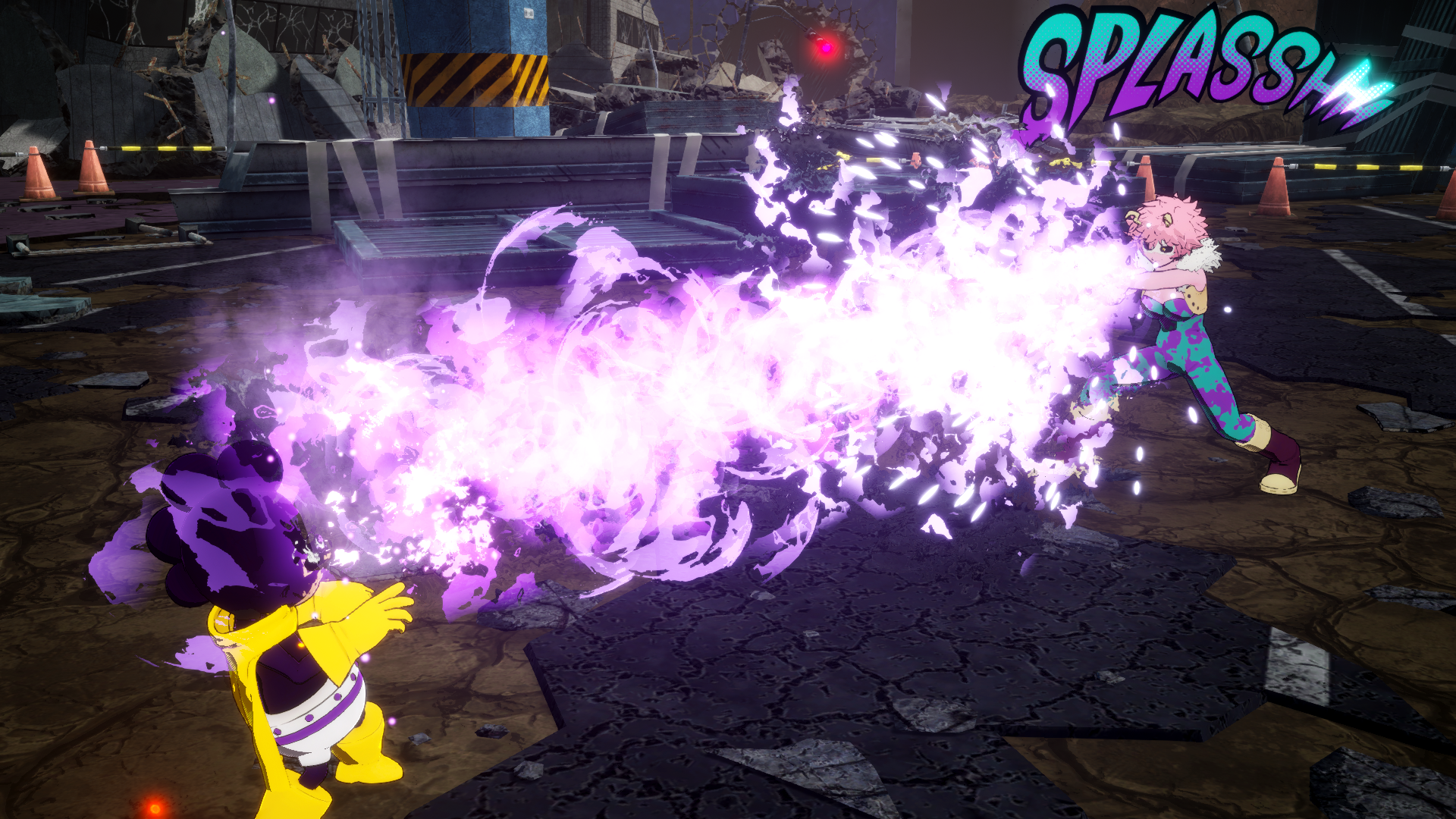
-
My Hero Ones Justice 2 PS4 Review #38
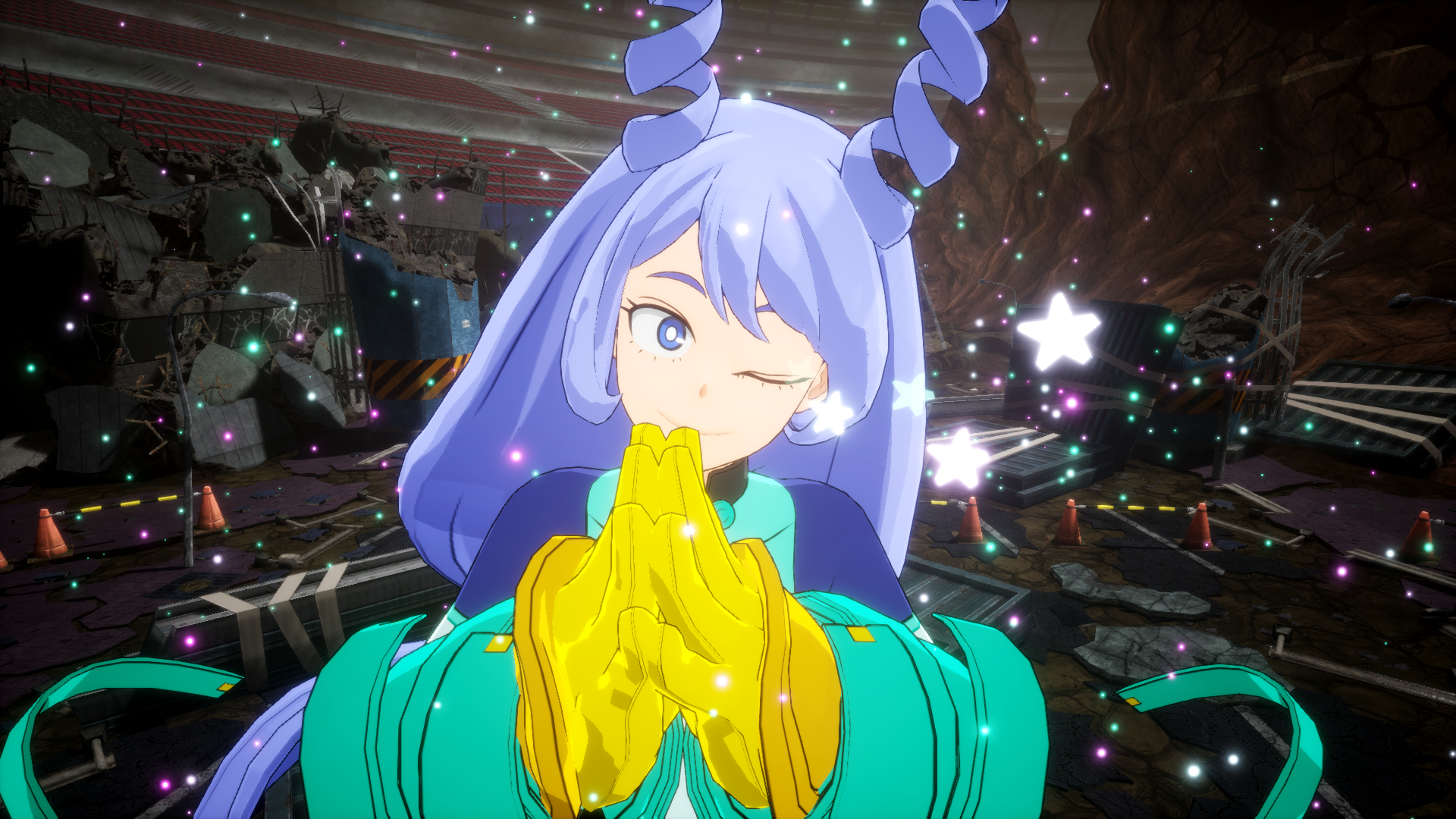
-
My Hero Ones Justice 2 PS4 Review #39

-
My Hero Ones Justice 2 PS4 Review #40
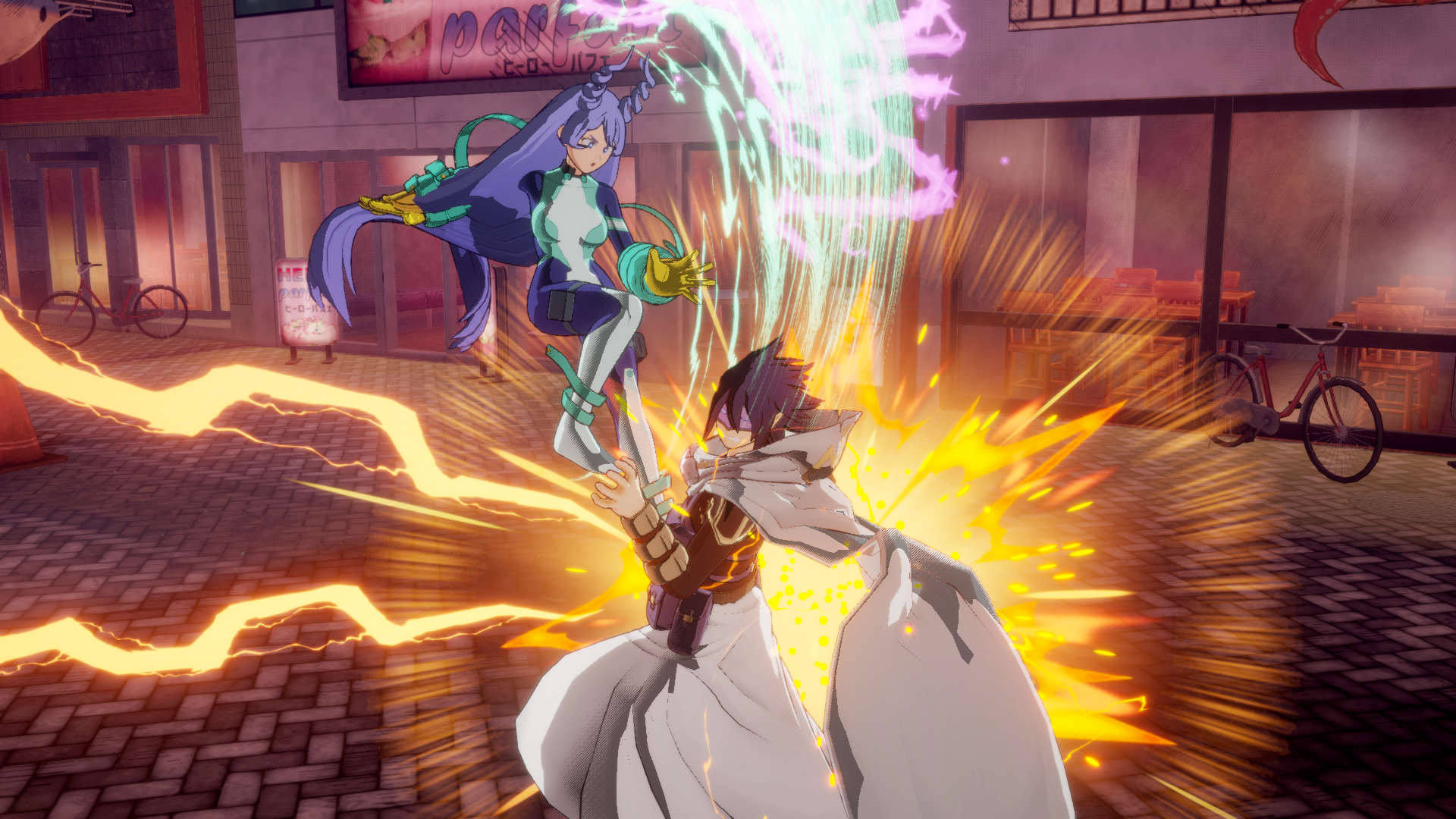
-
My Hero Ones Justice 2 PS4 Review #41
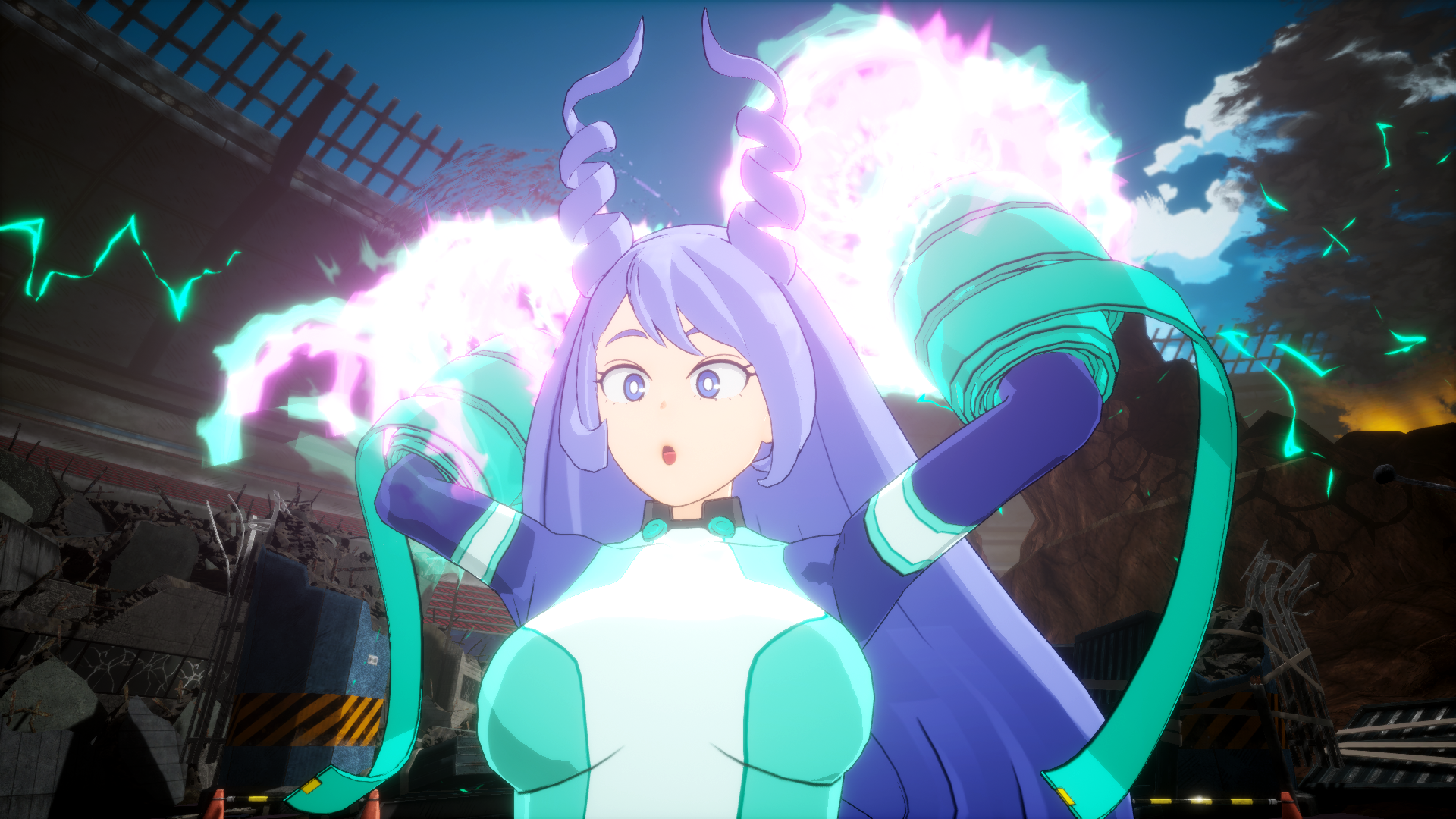
-
My Hero Ones Justice 2 PS4 Review #42
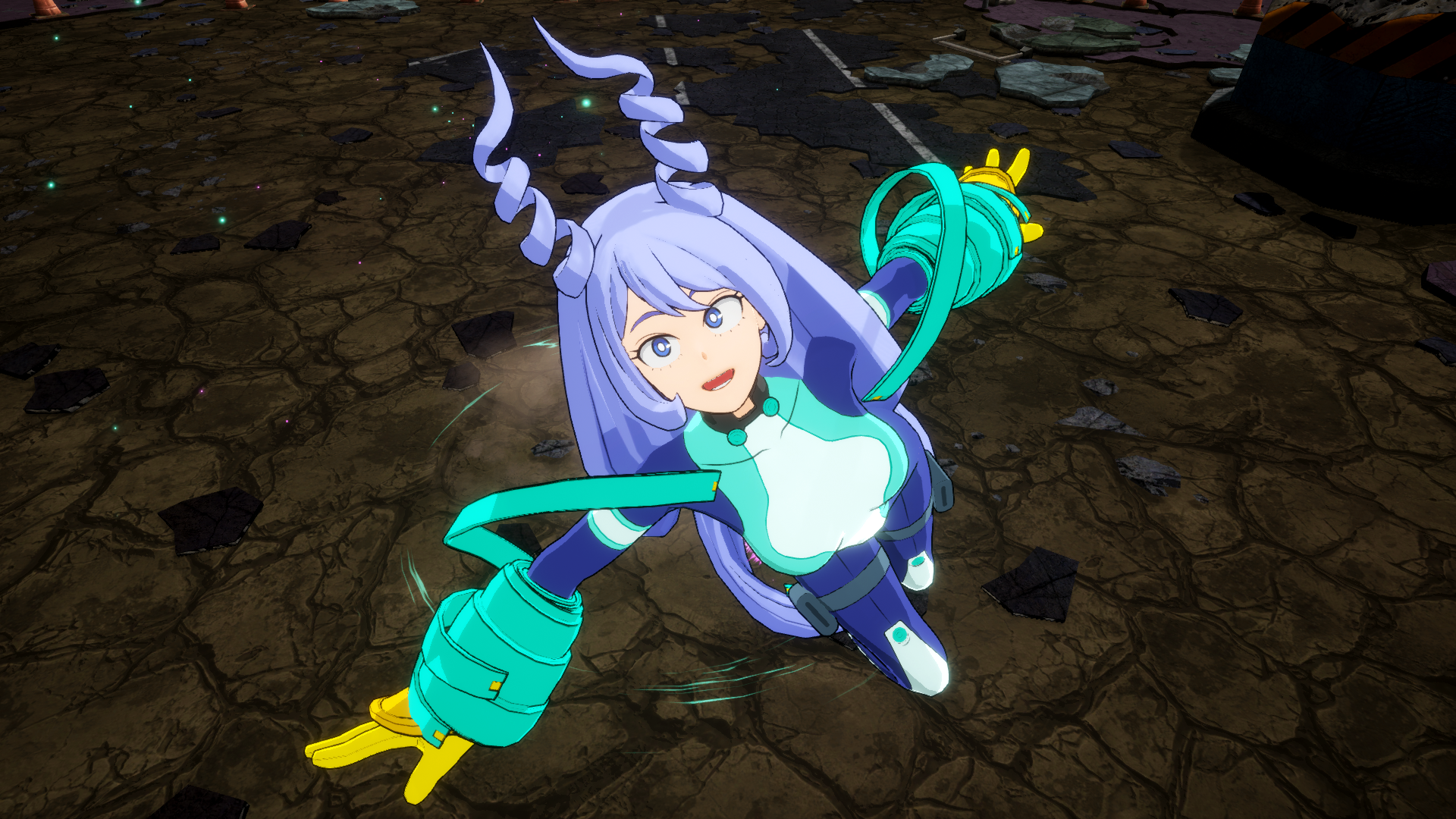
-
My Hero Ones Justice 2 PS4 Review #43
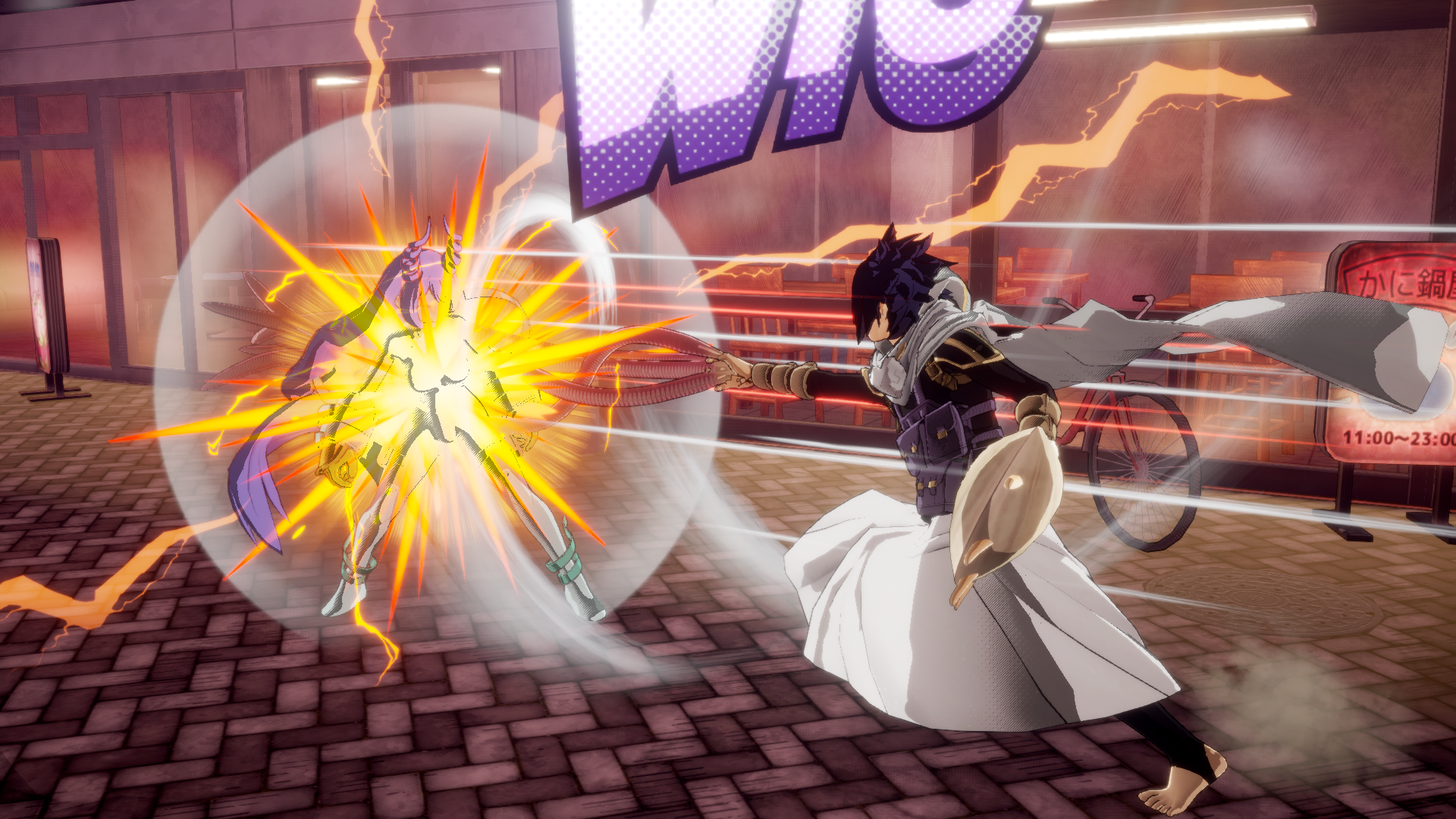
-
My Hero Ones Justice 2 PS4 Review #44
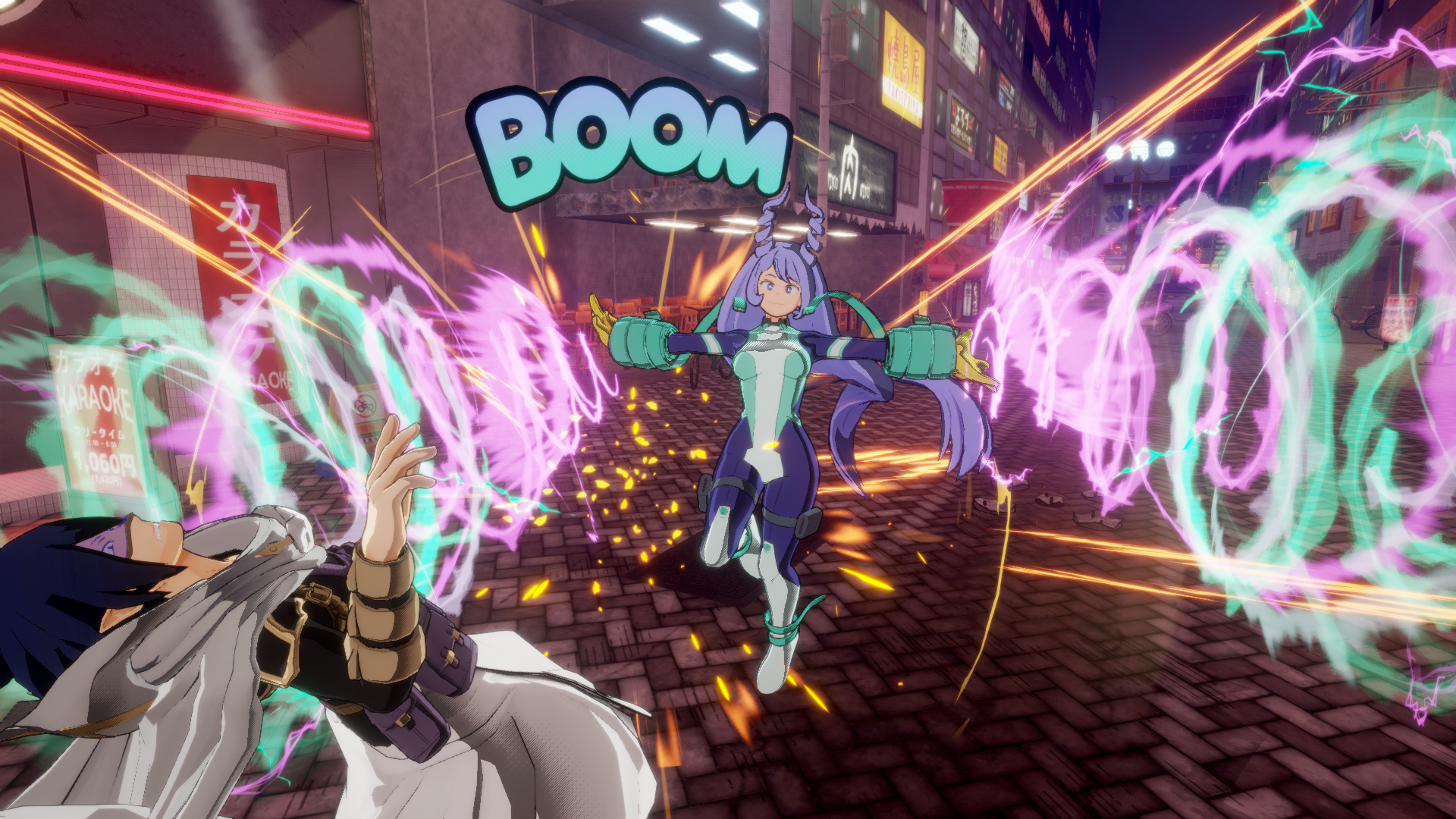
-
My Hero Ones Justice 2 PS4 Review #45
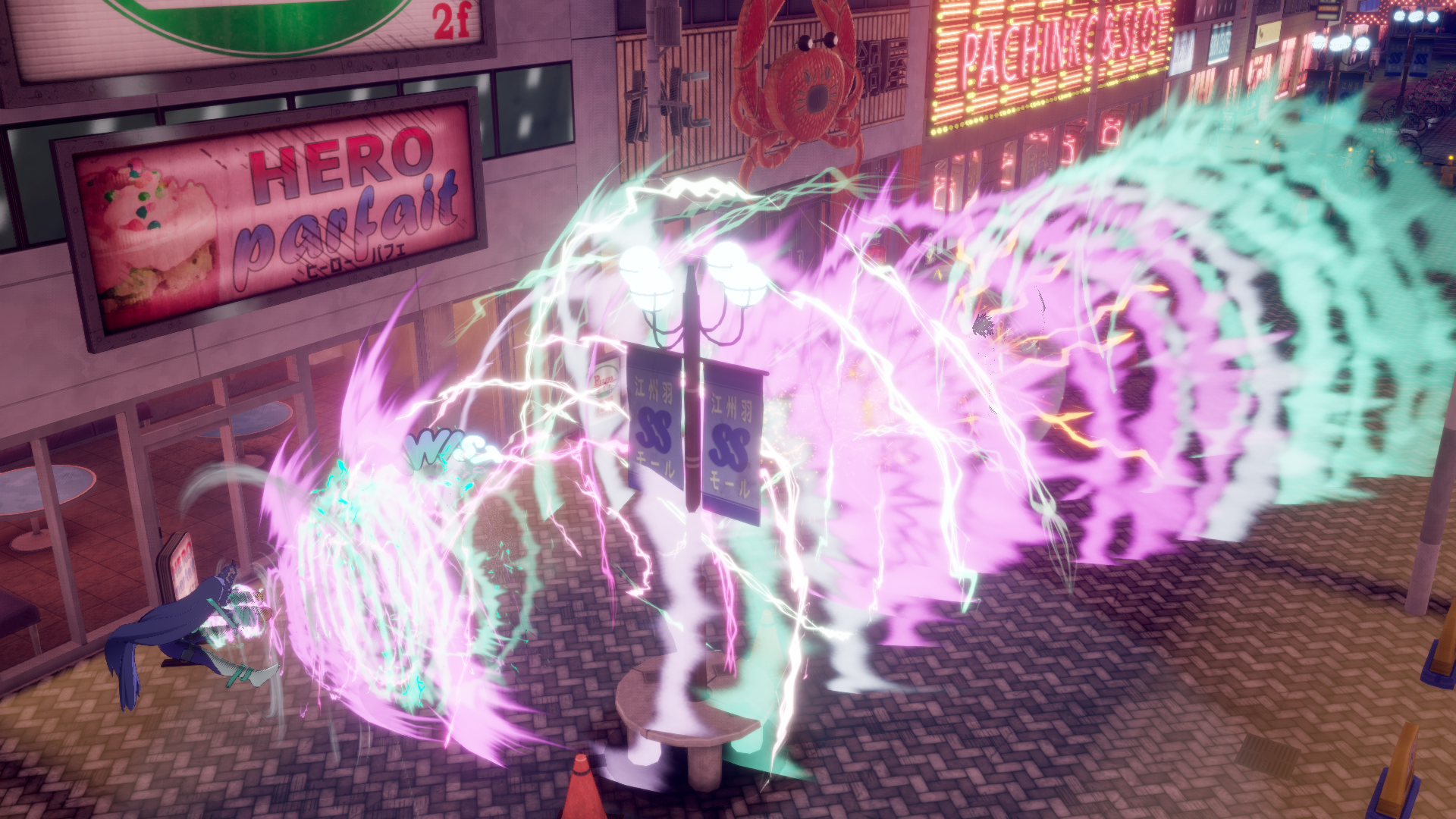
-
My Hero Ones Justice 2 PS4 Review #46
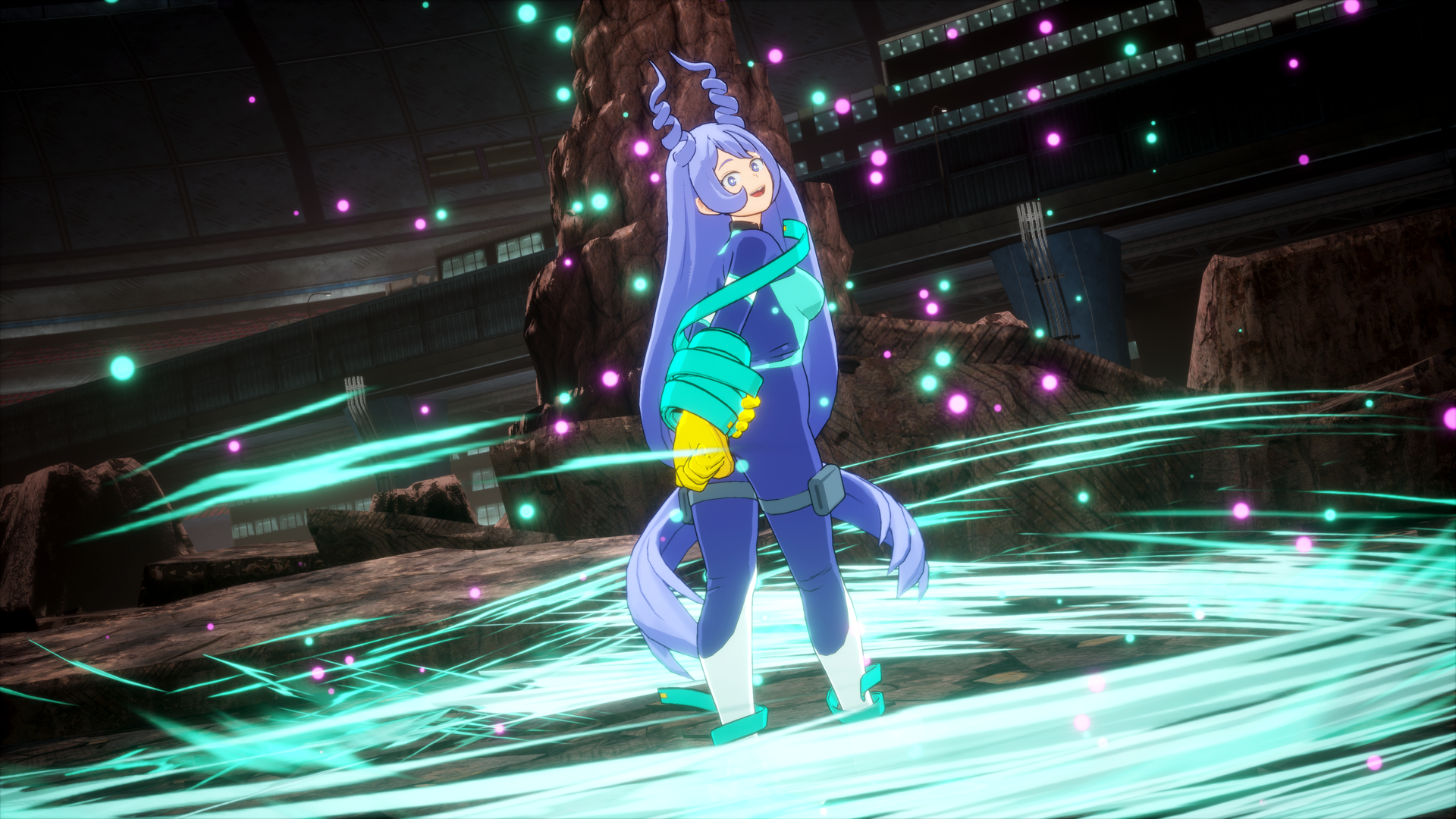
-
My Hero Ones Justice 2 PS4 Review #47
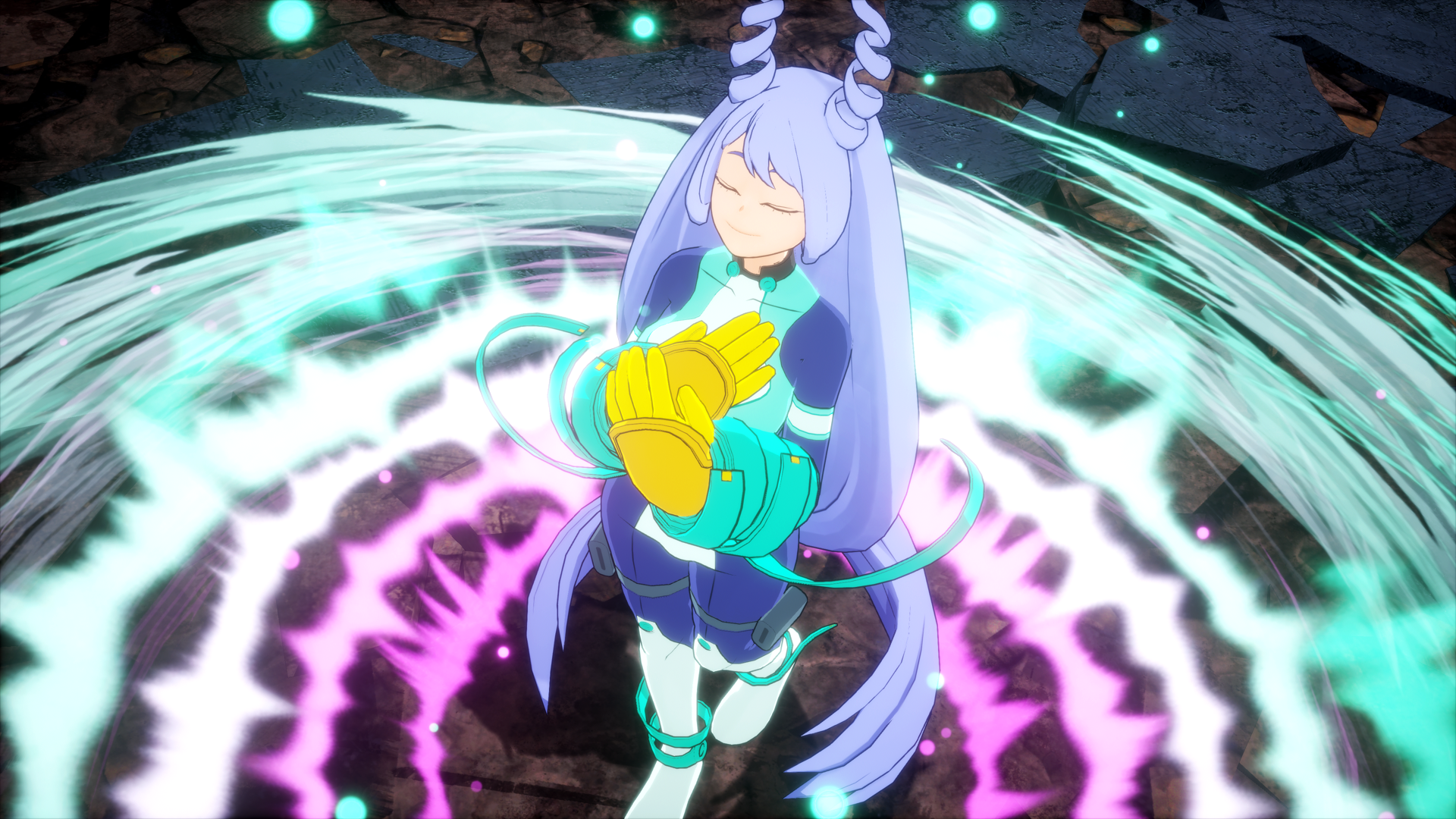
-
My Hero Ones Justice 2 PS4 Review #48
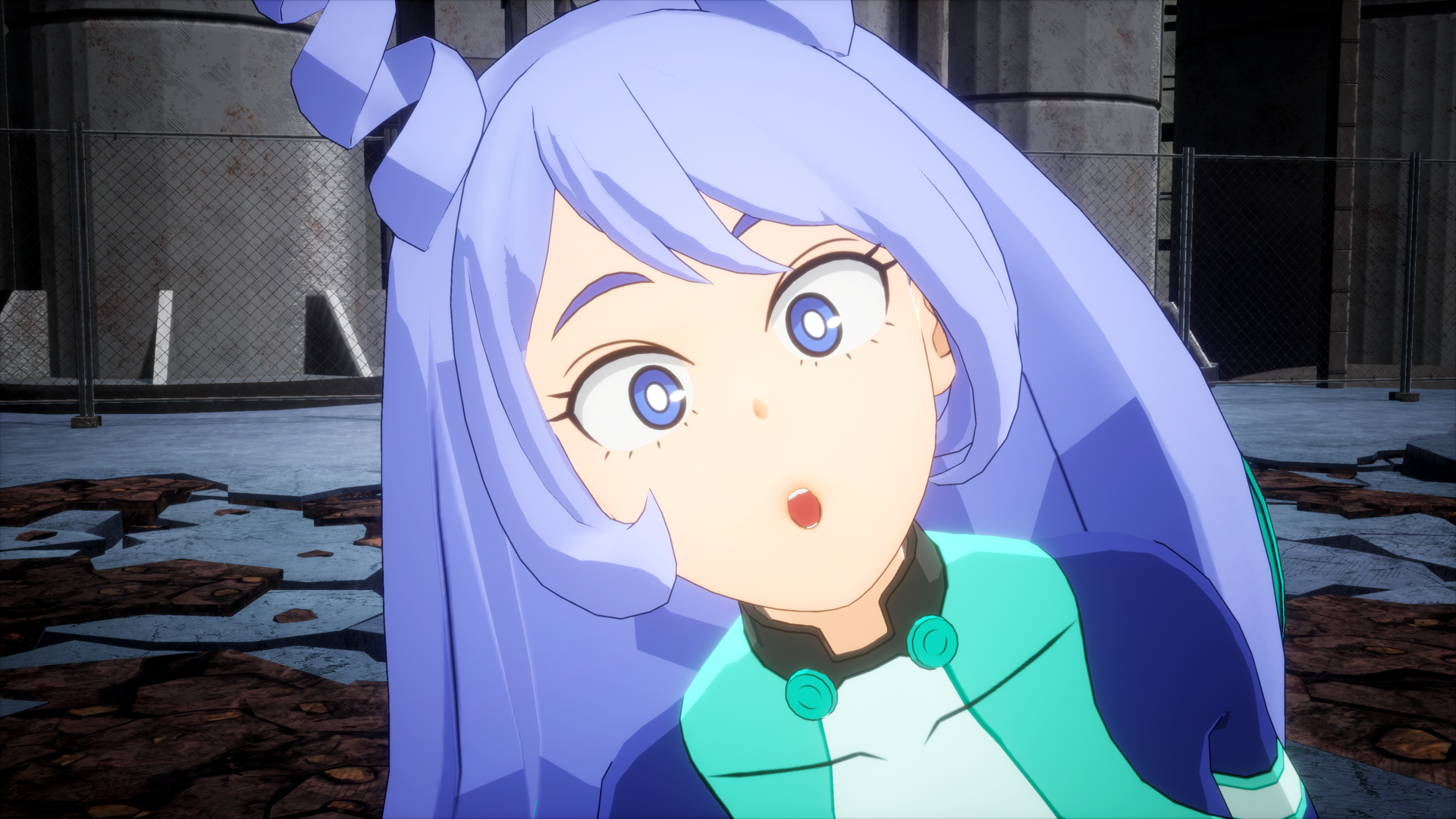
-
My Hero Ones Justice 2 PS4 Review #49
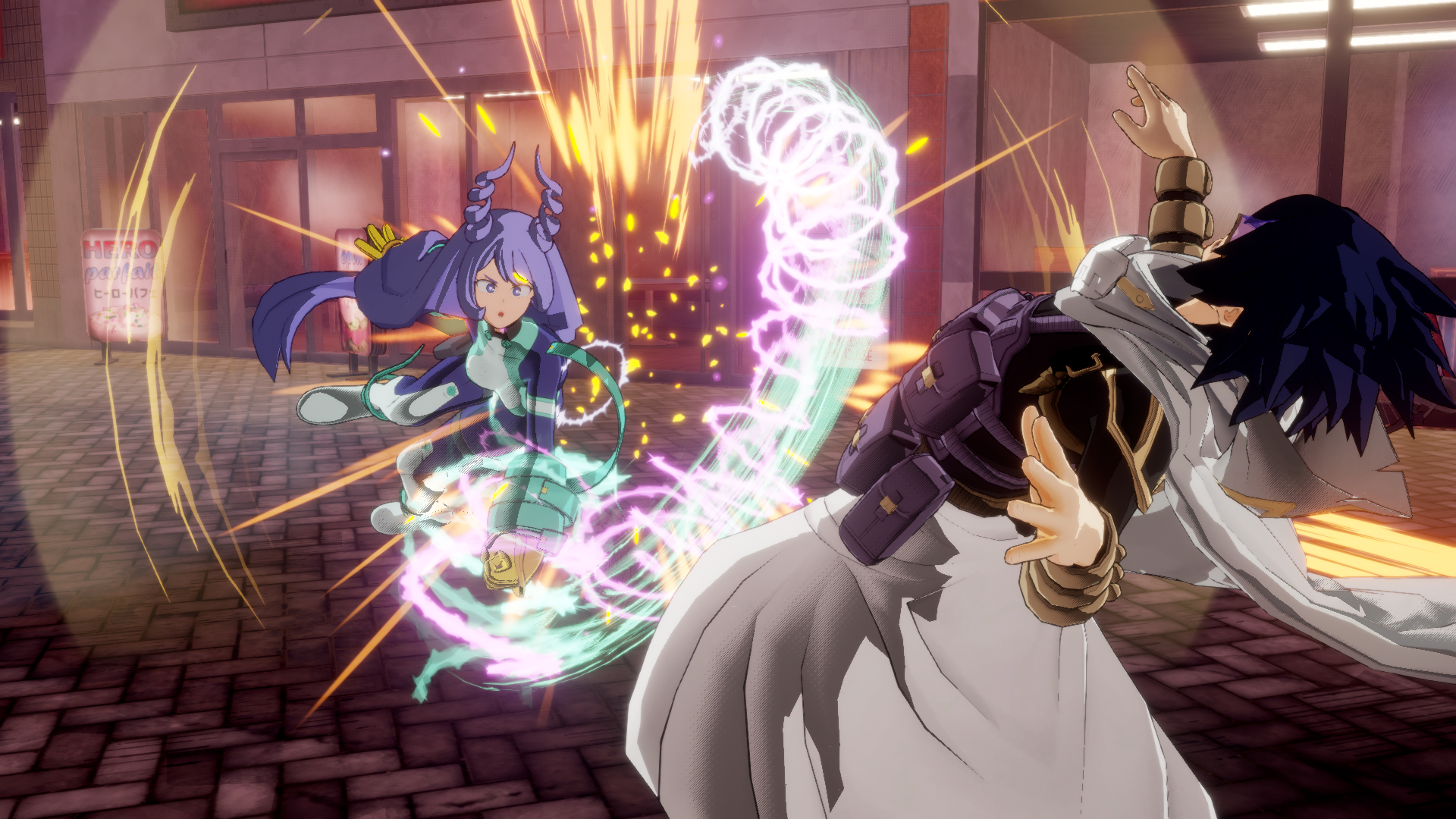
-
My Hero Ones Justice 2 PS4 Review #50
